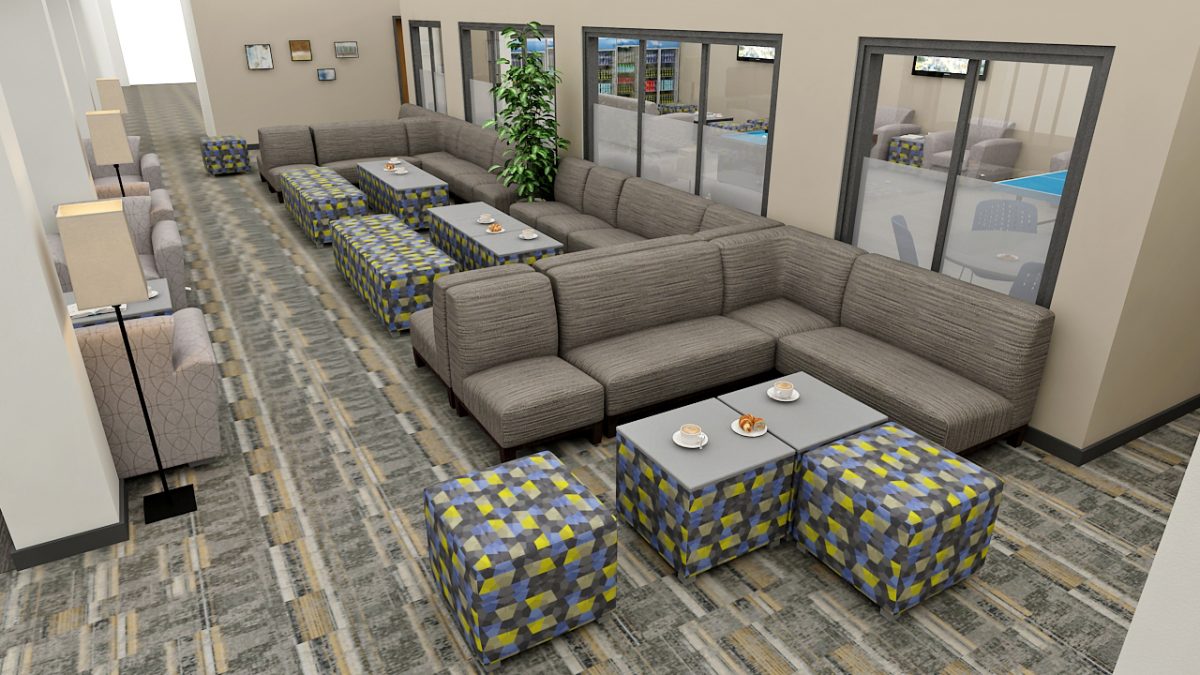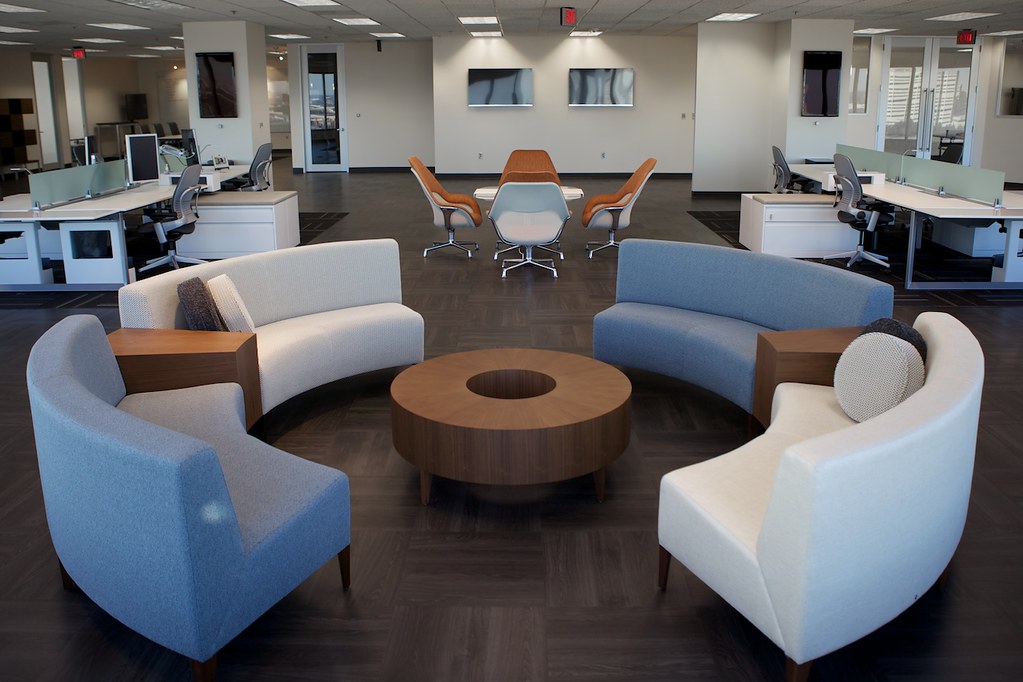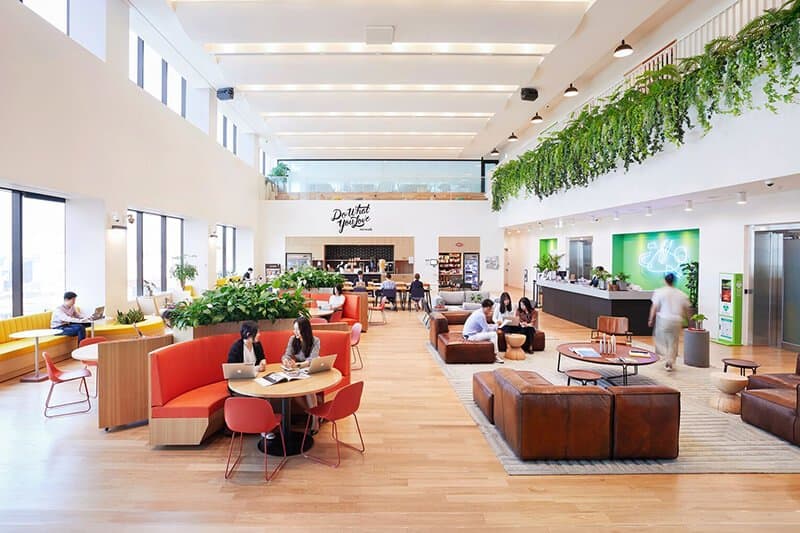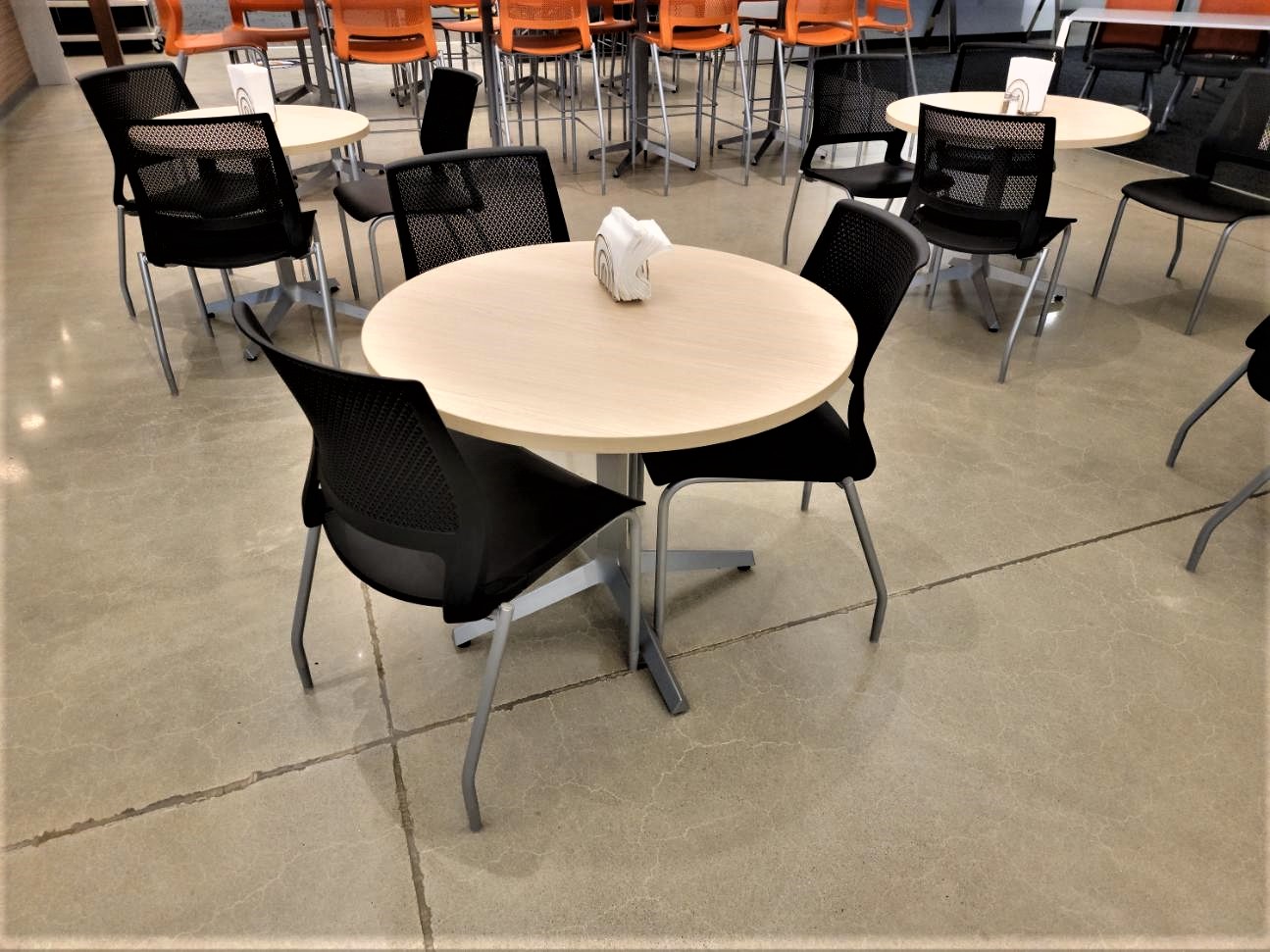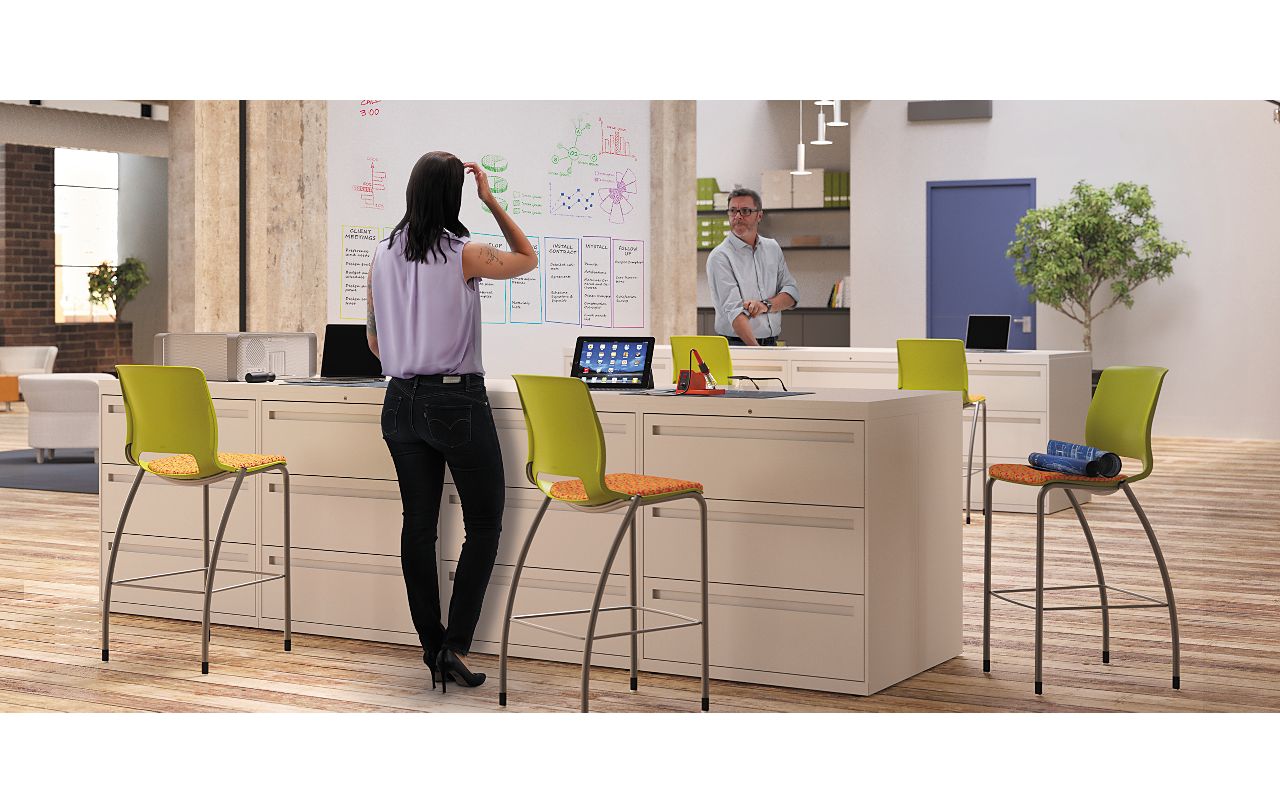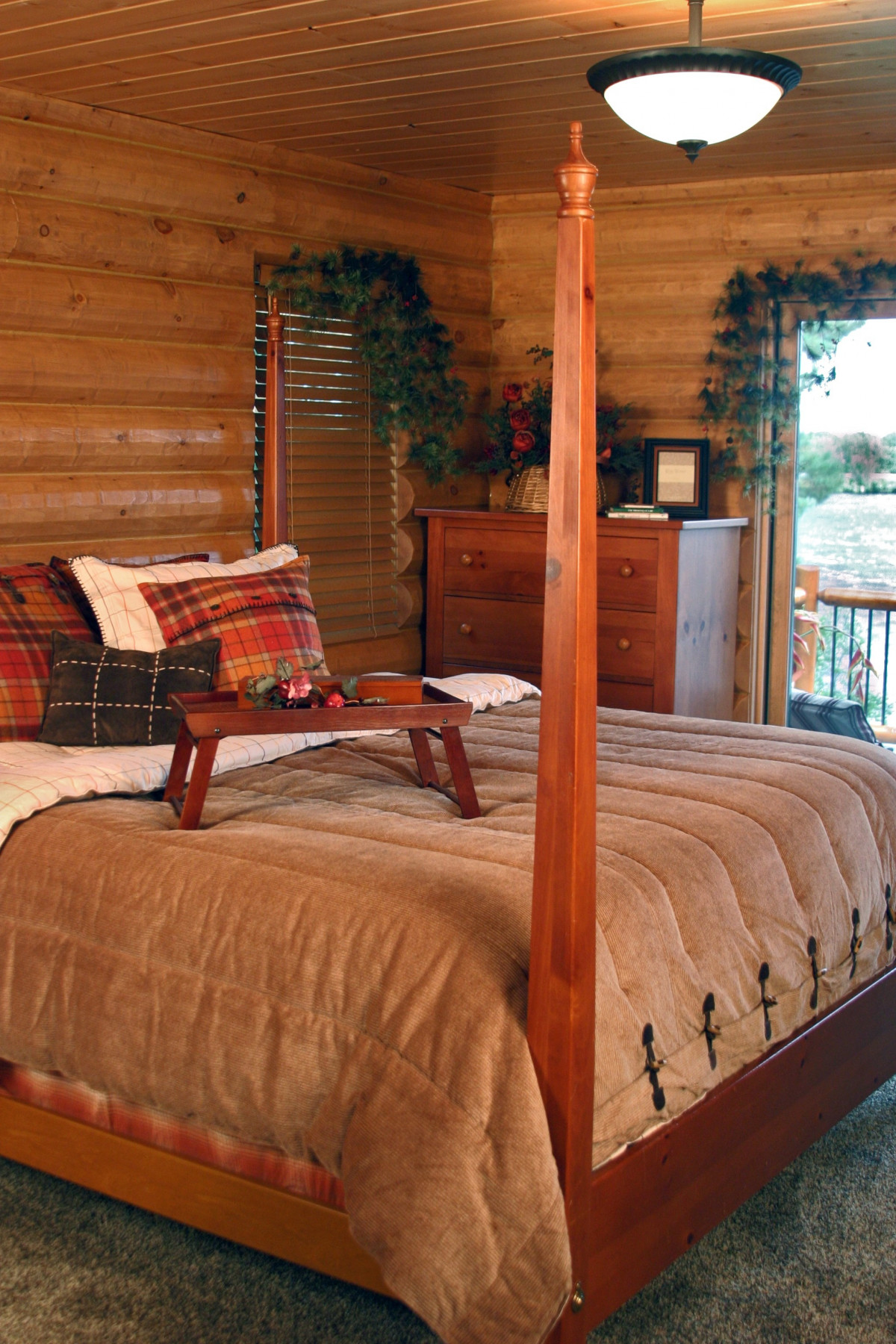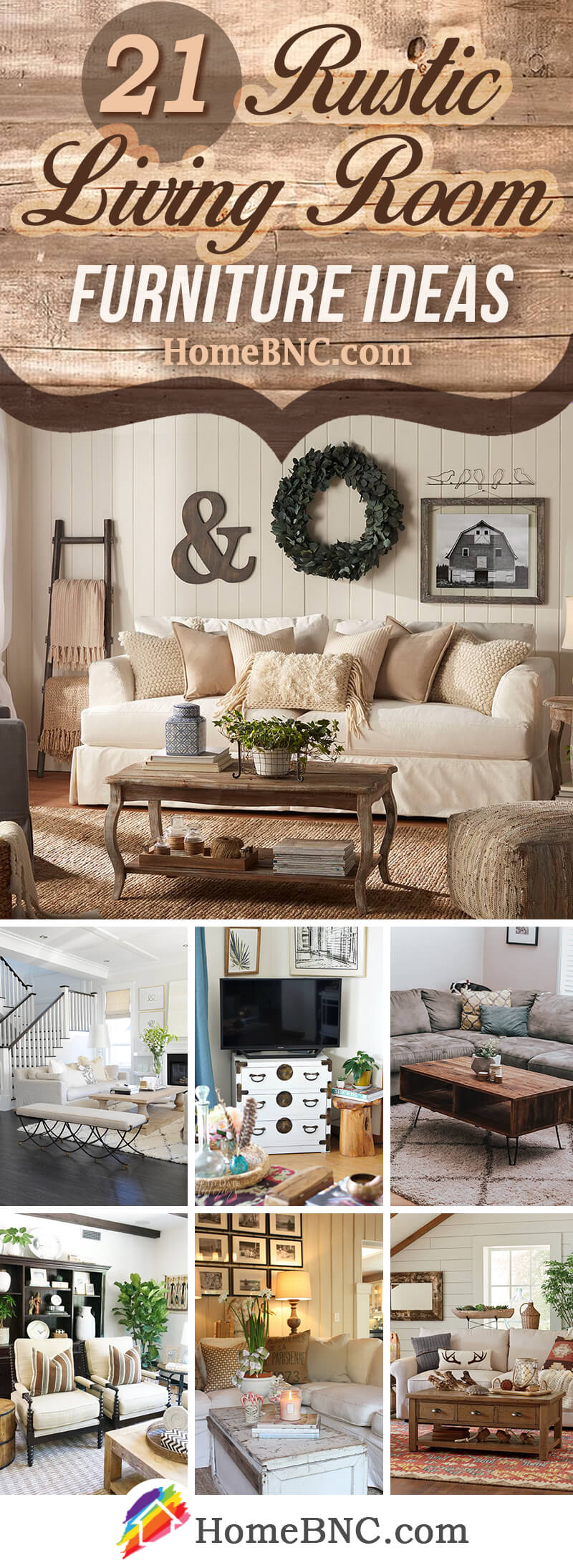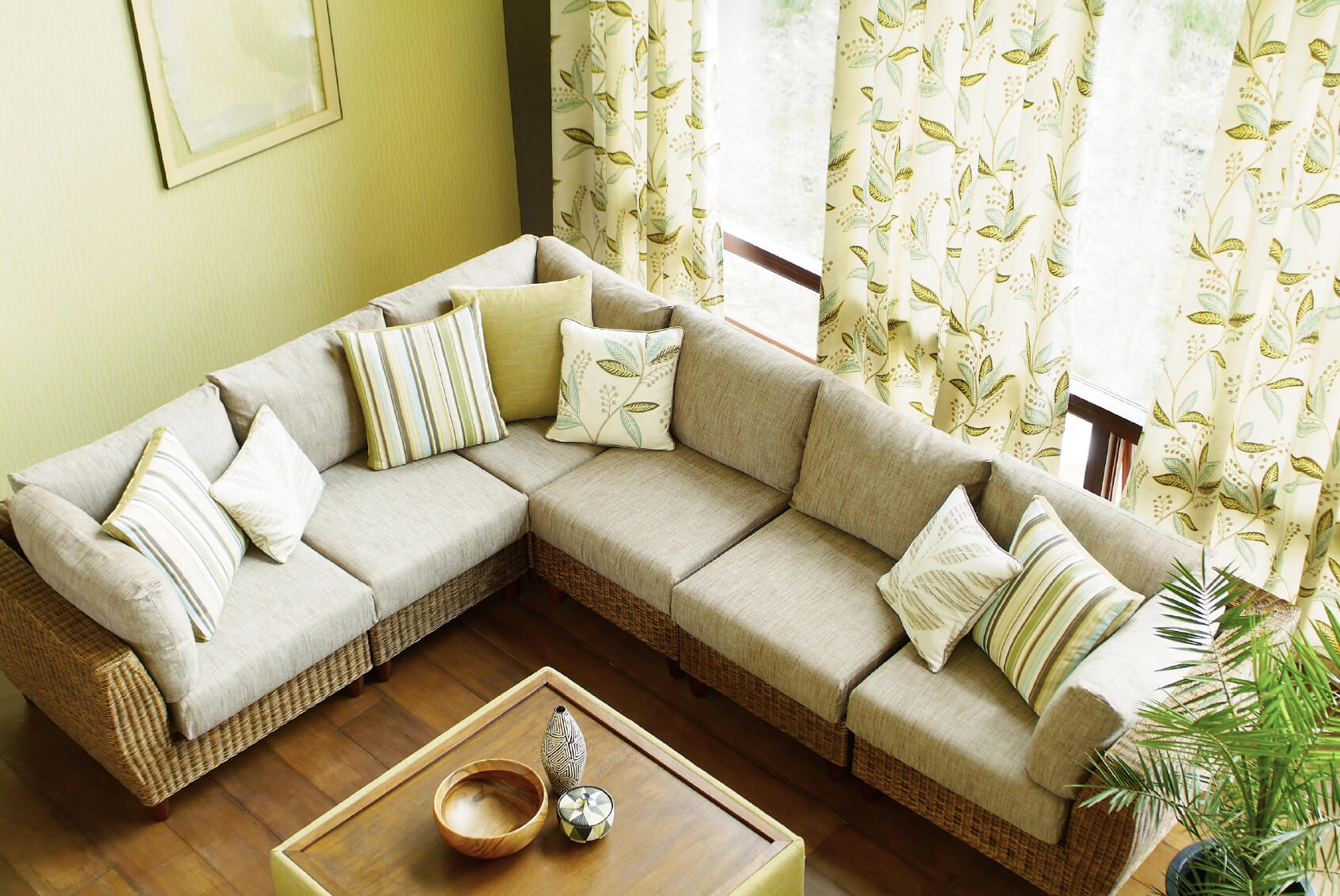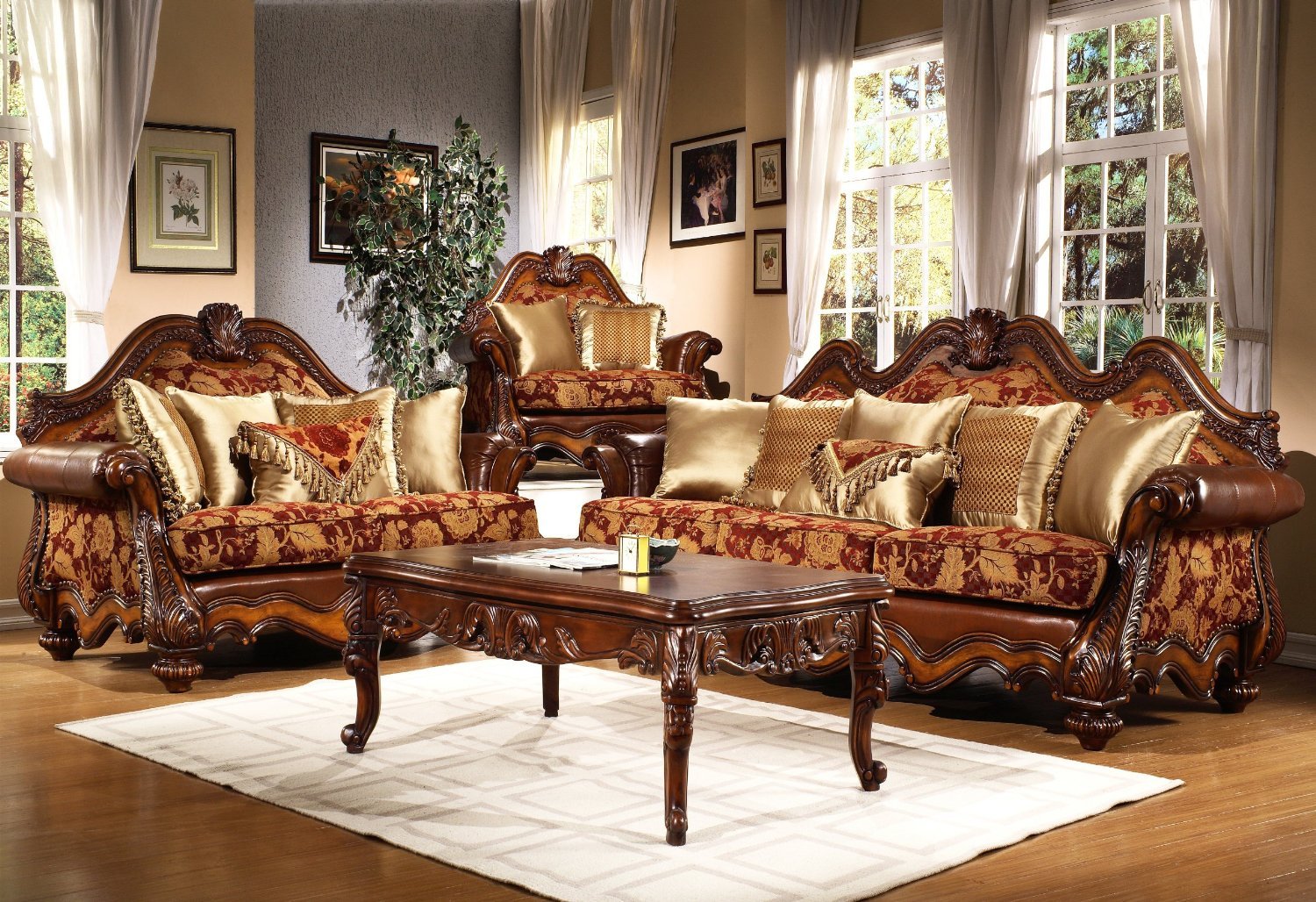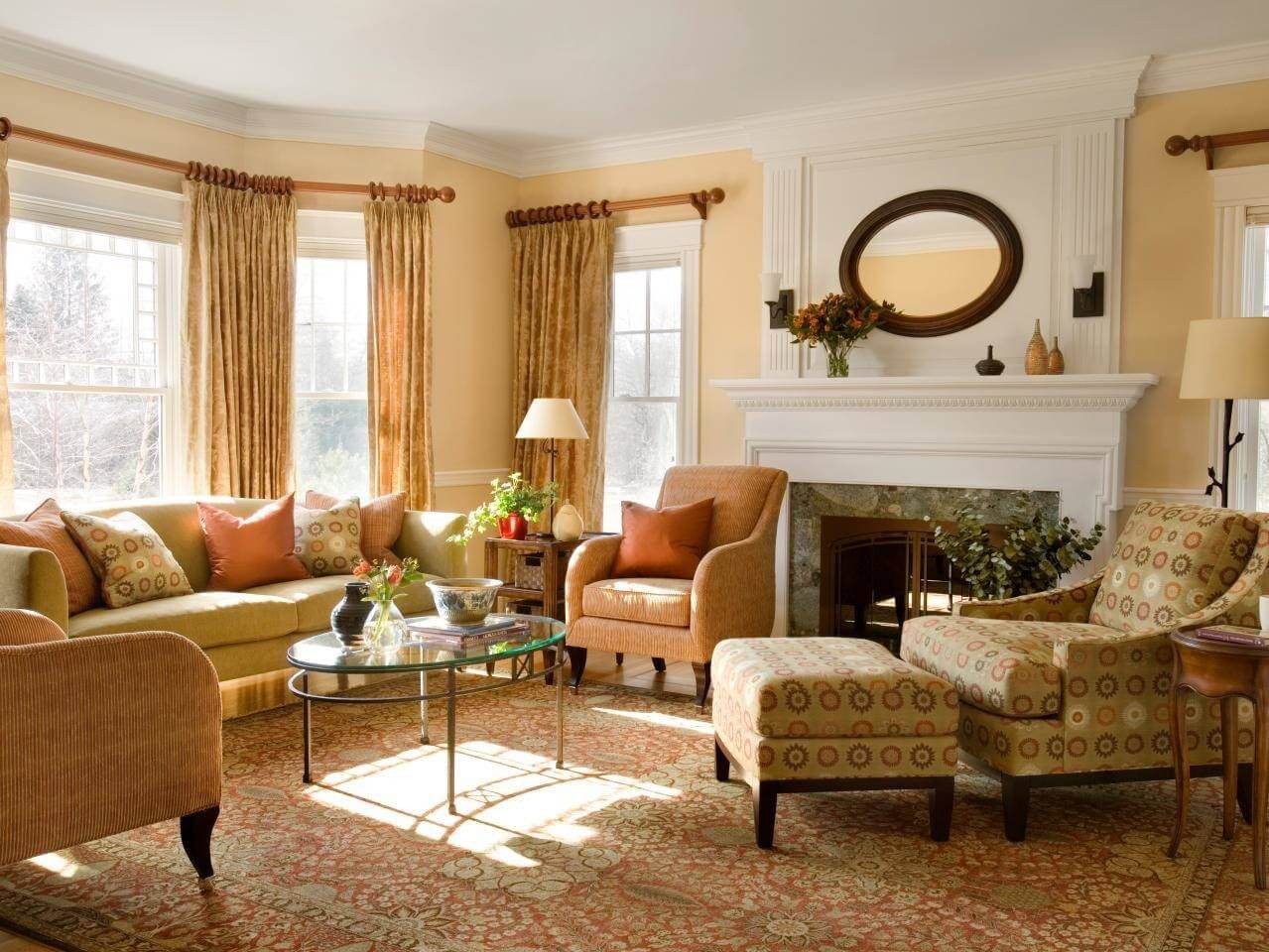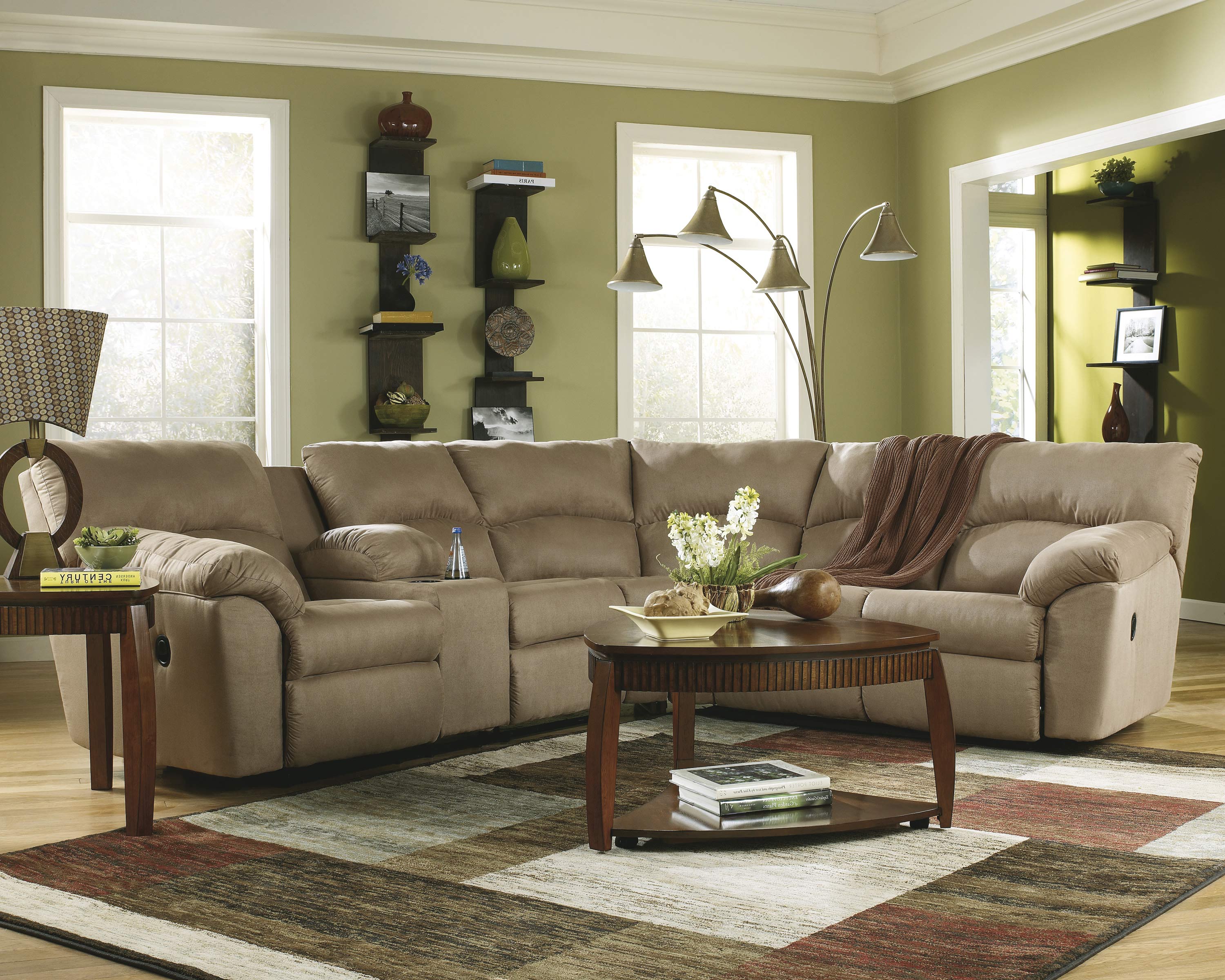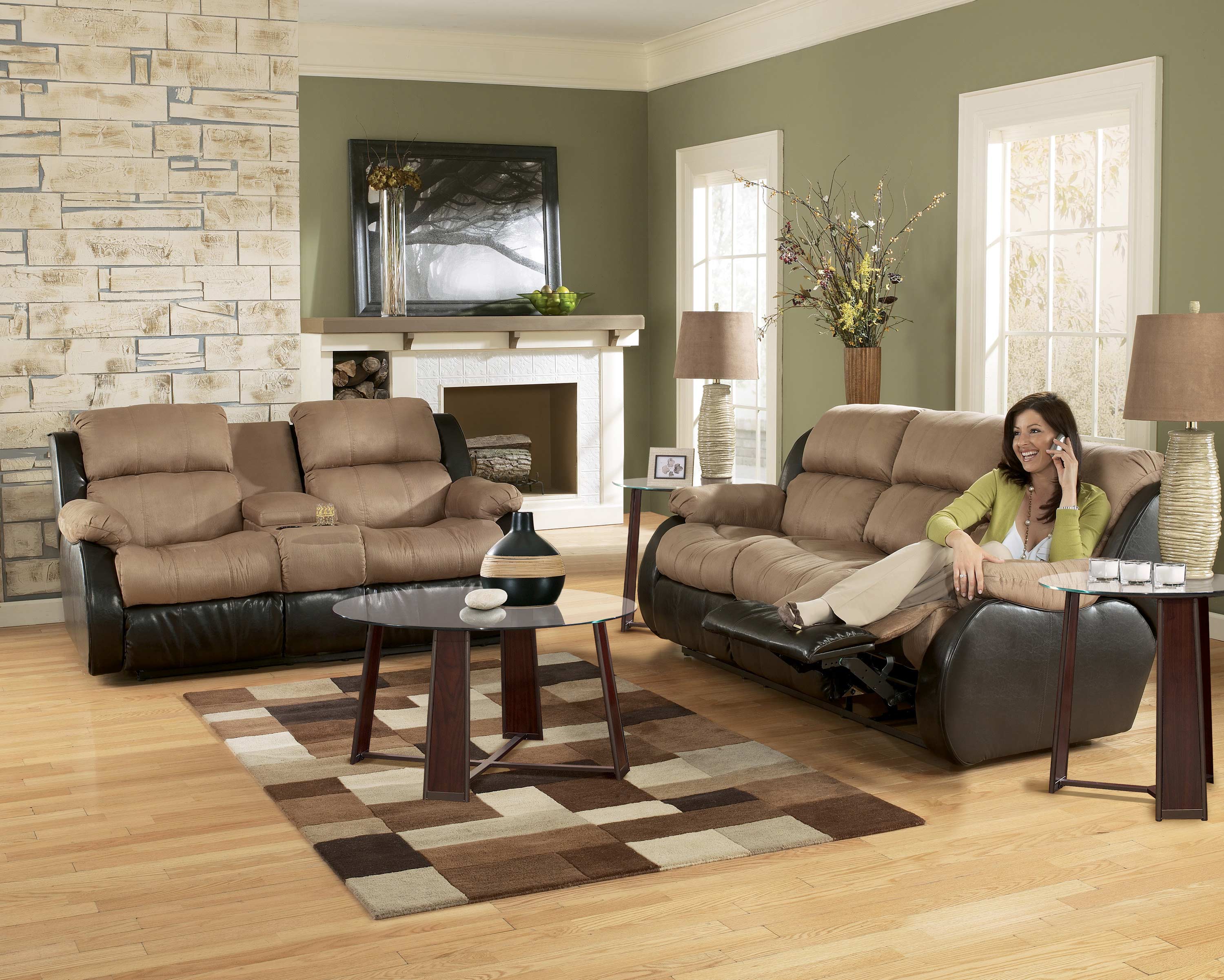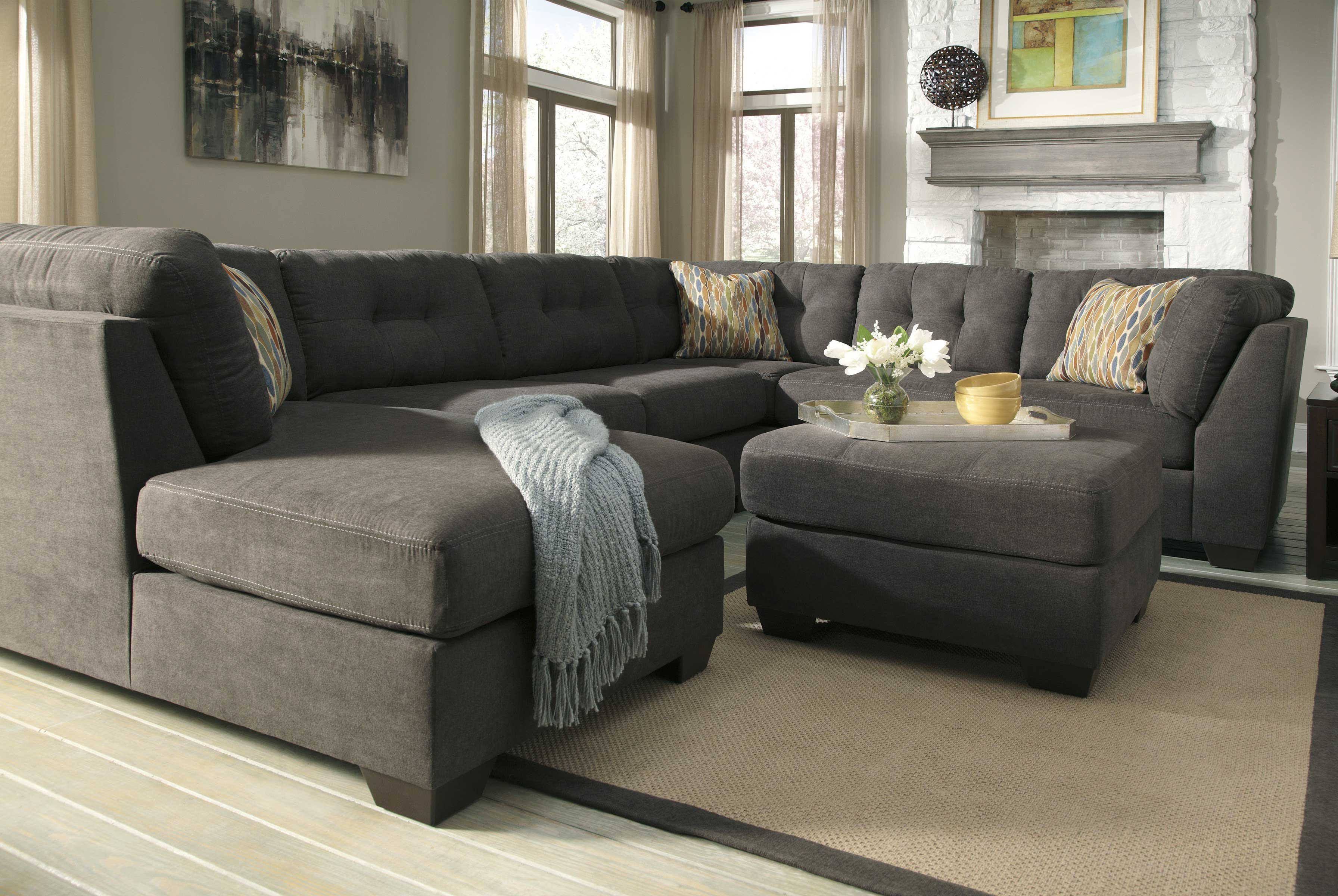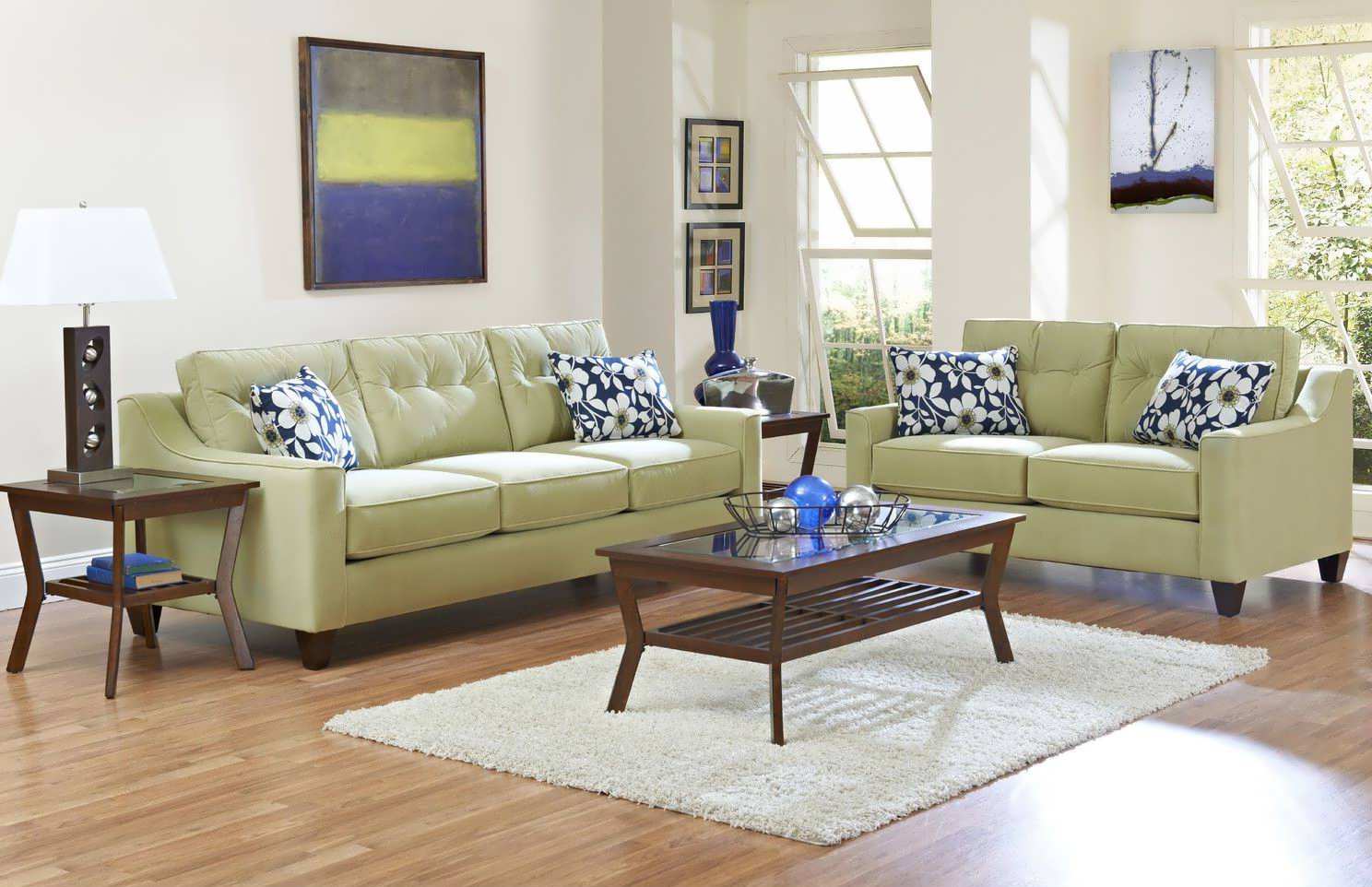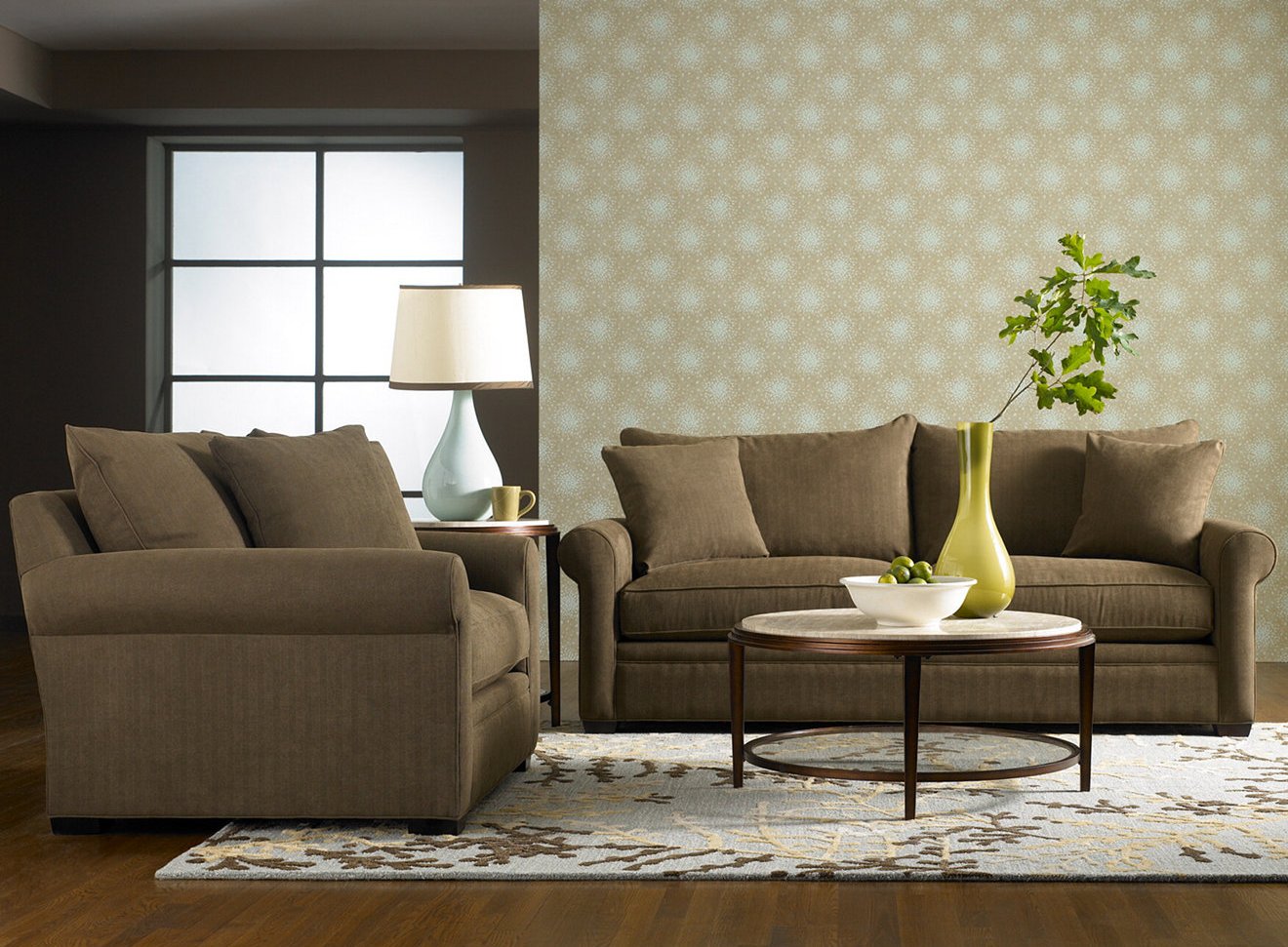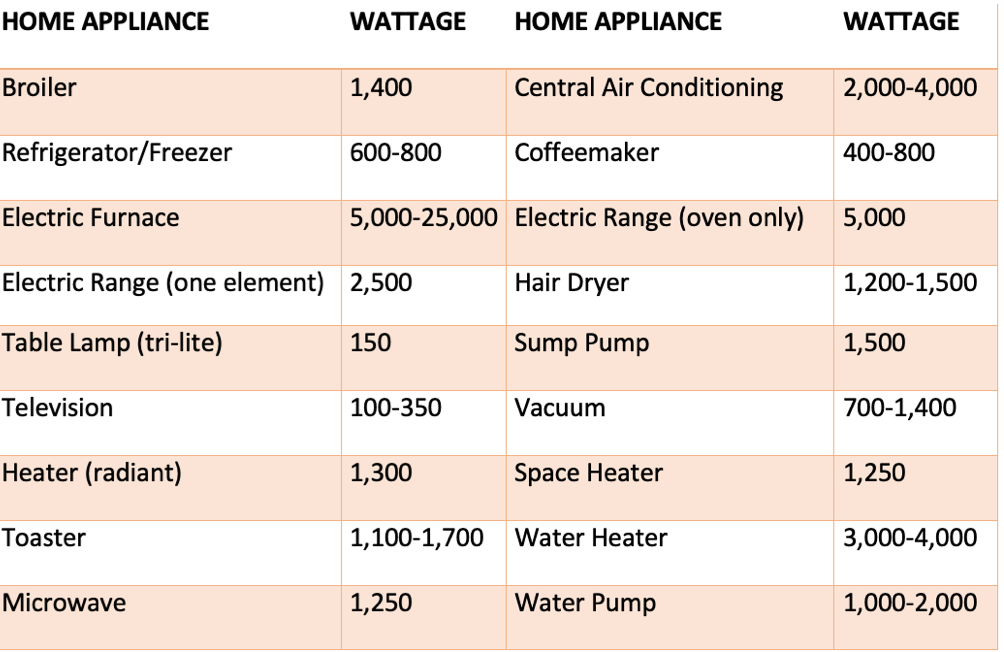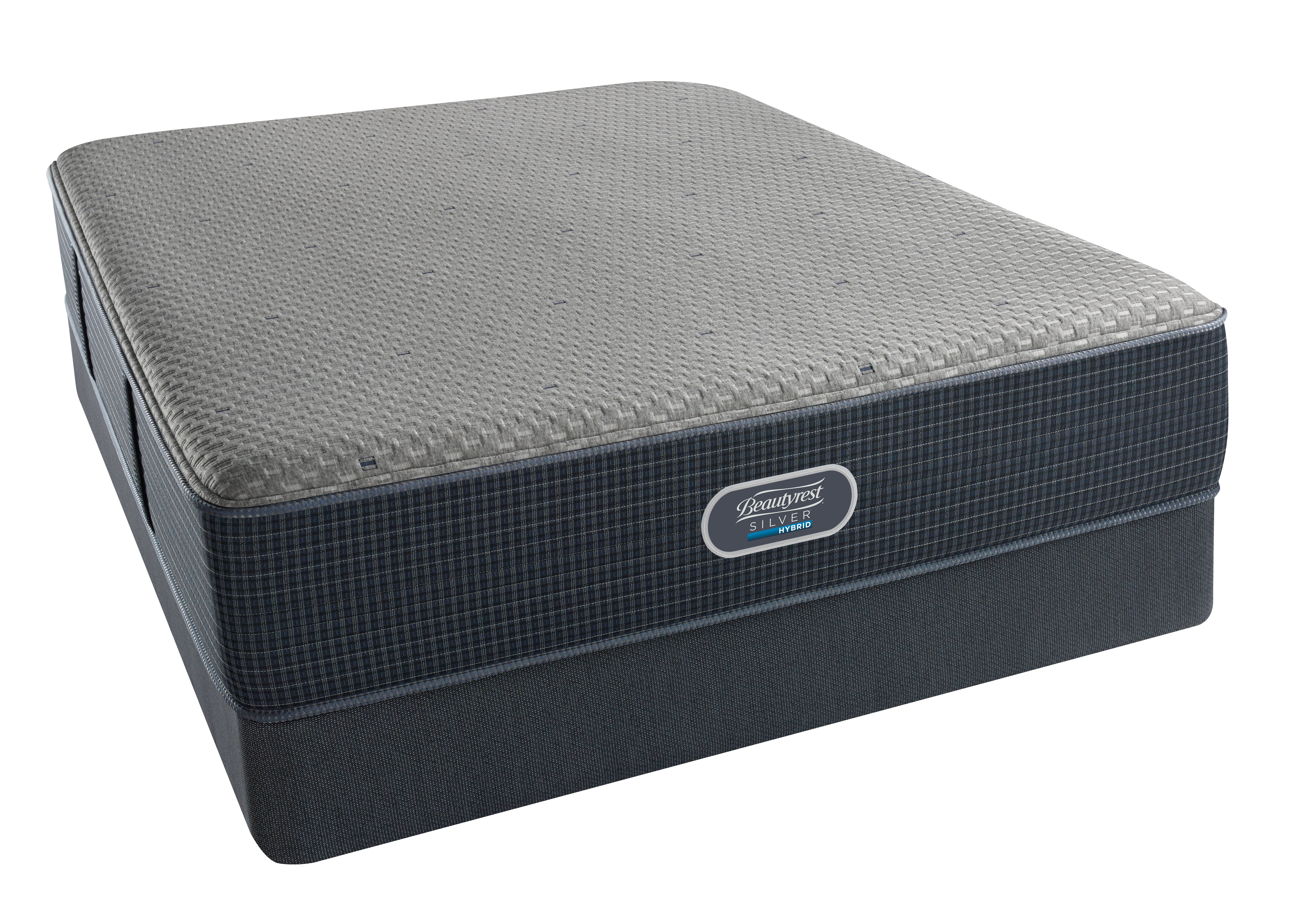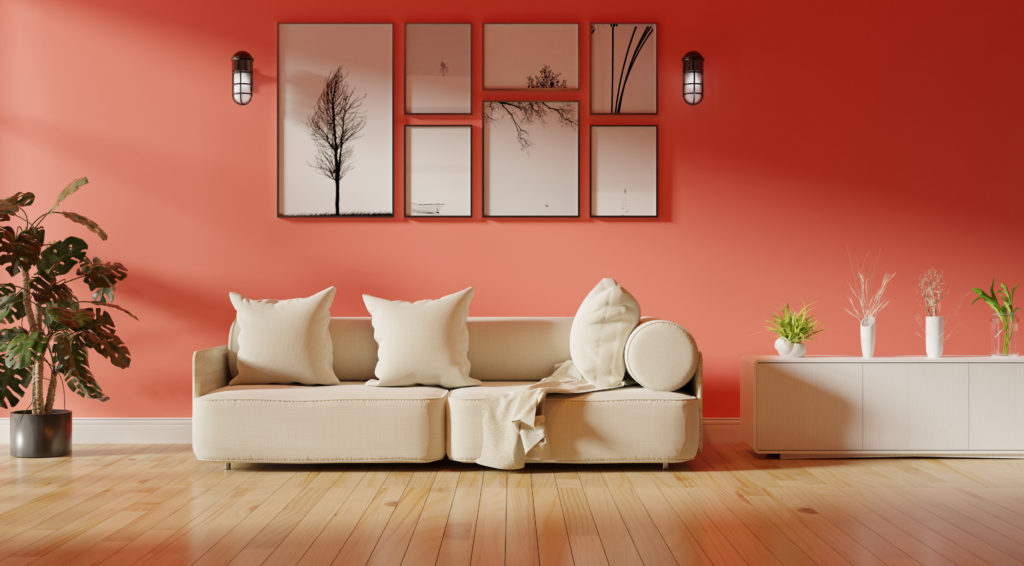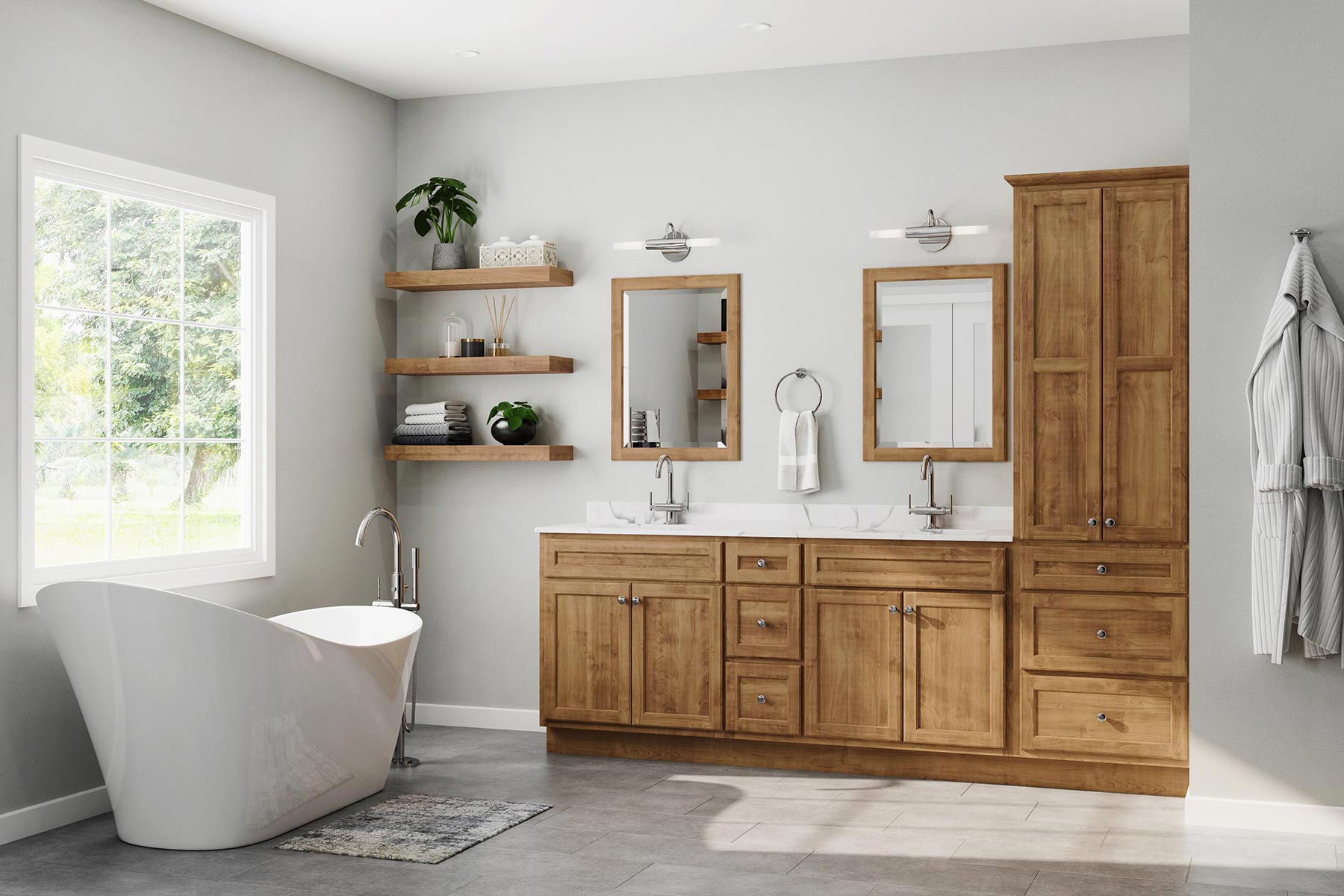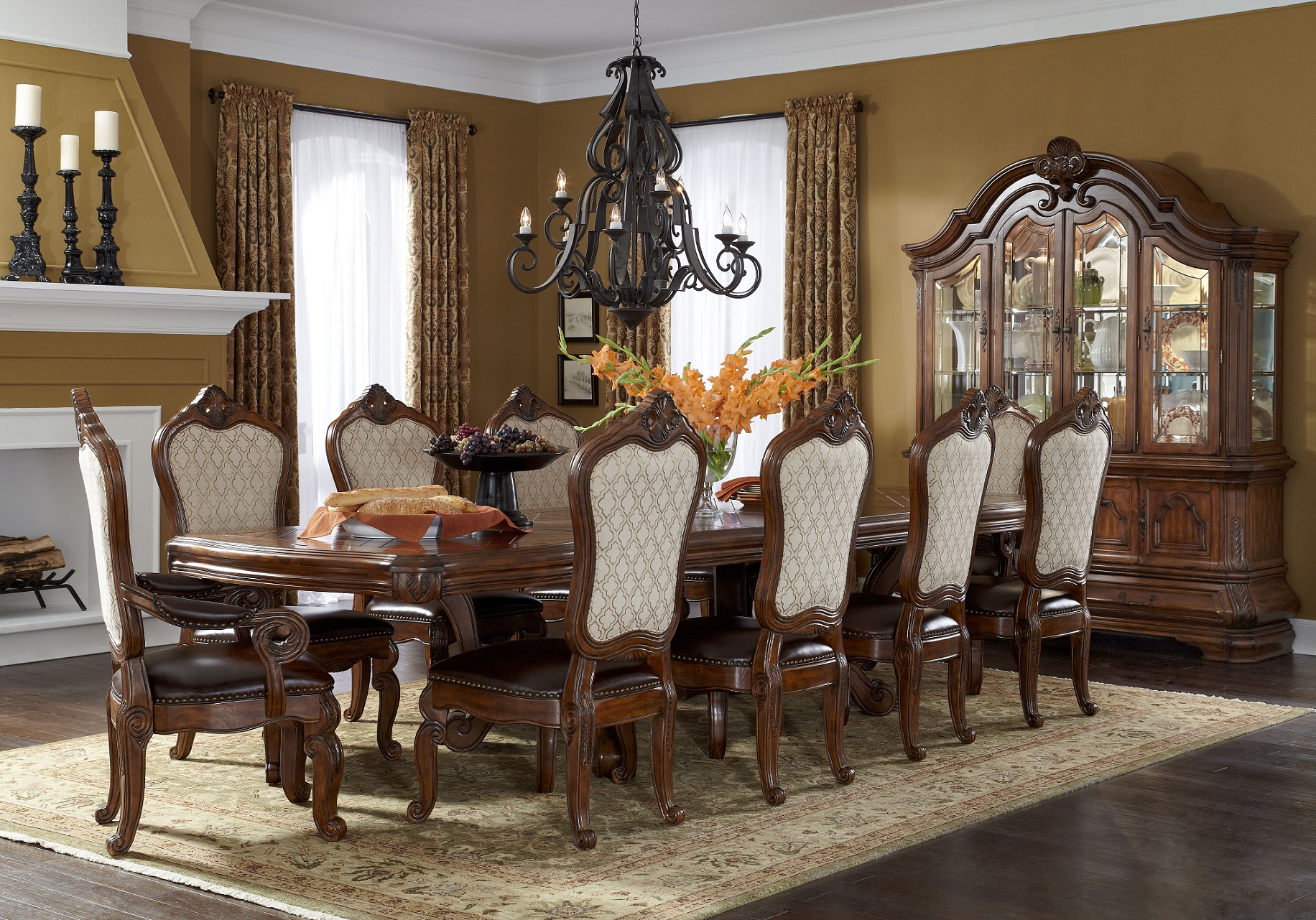Common Area Vs A Living Room
When it comes to designing and decorating a home, two of the most commonly used spaces are the common area and the living room. While they may seem similar on the surface, there are actually several key differences between these two spaces that can impact their functionality and purpose within a home. In this article, we will explore the top 10 differences and similarities between common areas and living rooms, and how each space is designed, furnished, and used.
Differences between Common Area and Living Room
The main difference between a common area and a living room is their purpose. A common area is a shared space in a building or community that is used by all residents or guests. It is typically located in a common area of an apartment building or shared living space, and can include amenities such as a lounge, game room, or study area. On the other hand, a living room is a private space within a home that is used for relaxation and entertainment. It is usually located near the entrance of a home and is often the first room that guests see when they enter.
Another key difference between these two spaces is their size and layout. Common areas tend to be larger and more open, as they are meant to accommodate a larger number of people. They may also have a more utilitarian design, with durable materials and simple furnishings. Living rooms, on the other hand, are typically smaller and more intimate in design. They may have a cozier feel, with comfortable seating and personal touches that reflect the homeowner's style.
Similarities between Common Area and Living Room
Despite their differences, there are also some similarities between common areas and living rooms. Both spaces are meant to be welcoming and comfortable, and can serve as a gathering place for friends and family. They also both require careful consideration when it comes to design and furnishing, as they should reflect the needs and preferences of those using the space.
Additionally, both common areas and living rooms can serve as a multi-functional space. While a common area may have designated areas for studying, playing games, or watching TV, a living room can also be used for a variety of activities such as reading, watching movies, or hosting guests.
Purpose of Common Area
The purpose of a common area is to provide a shared space for residents or guests to relax, socialize, and engage in various activities. In apartment buildings or shared living spaces, the common area can foster a sense of community among residents, as well as provide a space for events or gatherings. It can also serve as a convenient place for guests to wait or meet before going to a specific unit.
Common areas can also serve as a way to enhance the overall living experience for residents. By providing amenities such as a gym, pool, or lounge area, residents can have access to recreational activities without having to leave the building.
Purpose of Living Room
The purpose of a living room is to serve as a comfortable and inviting space for relaxing and entertaining. It is often the central gathering place for family and friends, and should reflect the homeowner's personal style and preferences. A well-designed living room can also increase the value of a home, as it is often the first room that potential buyers see when touring a property.
Additionally, a living room can serve as a versatile space for various activities. It can be a place for unwinding after a long day, hosting game nights, or enjoying movie marathons. With the right design and furnishings, a living room can cater to a wide range of needs and preferences.
Design of Common Area
When it comes to the design of a common area, functionality and durability are key. As this space is meant to be used by a large number of people, the design should be able to withstand heavy traffic and constant use. Materials such as hardwood floors, leather furniture, and durable fabrics are often used in common areas to ensure longevity and easy maintenance.
The design of a common area should also be welcoming and comfortable, with ample seating and natural lighting. It can also incorporate communal areas such as a kitchen or dining space, where residents can gather and socialize.
Design of Living Room
The design of a living room is often more tailored to the homeowner's personal style and preferences. It can incorporate a mix of different materials, textures, and colors to create a unique and inviting space. Comfort is also key in a living room, with plush seating and cozy elements such as rugs and throw pillows.
The design of a living room can also be more focused on aesthetics, with decorative elements such as artwork, plants, and accent pieces. These elements can add personality and character to the space, making it feel more like a reflection of the homeowner's tastes and interests.
Furniture in Common Area
As common areas are meant to accommodate a larger number of people, the furniture used in these spaces is often more utilitarian in design. This may include durable and easy-to-clean pieces such as leather sofas, wooden tables, and metal chairs. The furniture should also be able to withstand heavy use and be easily rearranged to accommodate different activities.
Common areas may also have communal spaces where residents can gather and interact, such as a shared dining area or lounge space. These areas may include larger tables, comfortable seating, and amenities such as a kitchenette or TV.
Furniture in Living Room
The furniture in a living room is often more focused on comfort and style. This may include cozy sofas, armchairs, and ottomans, as well as accent pieces such as coffee tables and bookshelves. The furniture should also be arranged in a way that promotes conversation and relaxation.
In addition to traditional furniture, a living room may also incorporate personal touches such as family photos, artwork, and decorative items. This can add a sense of warmth and personality to the space, making it feel more like a home.
Usage of Common Area
The usage of a common area can vary depending on the specific amenities and features available. In general, common areas are meant to be used by all residents or guests and can serve as a space for socializing, studying, or recreation. This can include activities such as playing games, exercising, or watching TV.
Common areas can also be used for events or gatherings, such as community parties or study groups. This can foster a sense of community and connection among residents, making it a valuable space within a building or community.
Common Area Vs A Living Room: Understanding the Differences

Creating a Harmonious and Functional Space for Your Home
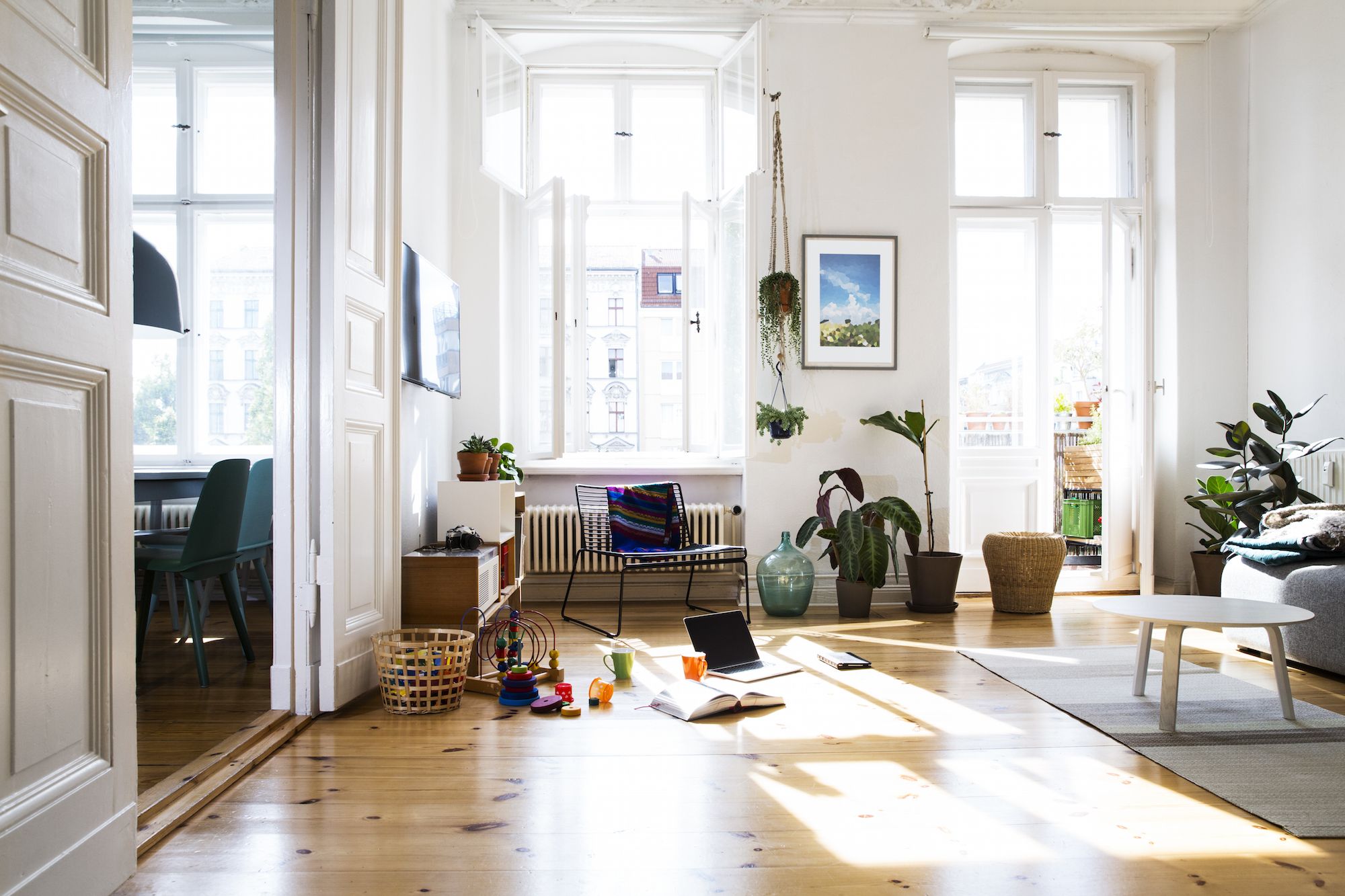 When designing a house, one of the key decisions to make is how to utilize the available space. Two common areas that often cause confusion are the common area and the living room. While both spaces serve as a gathering place for family and friends, there are distinct differences between the two that should be considered when designing your home. Let's explore the differences between a common area and a living room and how to create a harmonious and functional space for your home.
When designing a house, one of the key decisions to make is how to utilize the available space. Two common areas that often cause confusion are the common area and the living room. While both spaces serve as a gathering place for family and friends, there are distinct differences between the two that should be considered when designing your home. Let's explore the differences between a common area and a living room and how to create a harmonious and functional space for your home.
What is a Common Area?
 A common area, also known as a family room or great room, is a space that is used for multiple purposes. It is typically located on the main floor of a house and is the central hub for everyday activities. This space is often larger than a living room and is designed to accommodate a variety of activities such as watching TV, playing games, and hosting gatherings. A common area is usually open to other rooms like the kitchen and dining area, creating a sense of flow and connection between different areas of the house.
A common area, also known as a family room or great room, is a space that is used for multiple purposes. It is typically located on the main floor of a house and is the central hub for everyday activities. This space is often larger than a living room and is designed to accommodate a variety of activities such as watching TV, playing games, and hosting gatherings. A common area is usually open to other rooms like the kitchen and dining area, creating a sense of flow and connection between different areas of the house.
What is a Living Room?
 On the other hand, a living room is a more formal space that is primarily used for relaxation and entertaining guests. It is usually located near the main entrance of the house and is often separated from other rooms by doors or walls. Unlike the common area, the living room is not used for everyday activities and is reserved for special occasions. The furniture in a living room is typically arranged to promote conversation and create a cozy and intimate atmosphere.
On the other hand, a living room is a more formal space that is primarily used for relaxation and entertaining guests. It is usually located near the main entrance of the house and is often separated from other rooms by doors or walls. Unlike the common area, the living room is not used for everyday activities and is reserved for special occasions. The furniture in a living room is typically arranged to promote conversation and create a cozy and intimate atmosphere.
The Key Differences
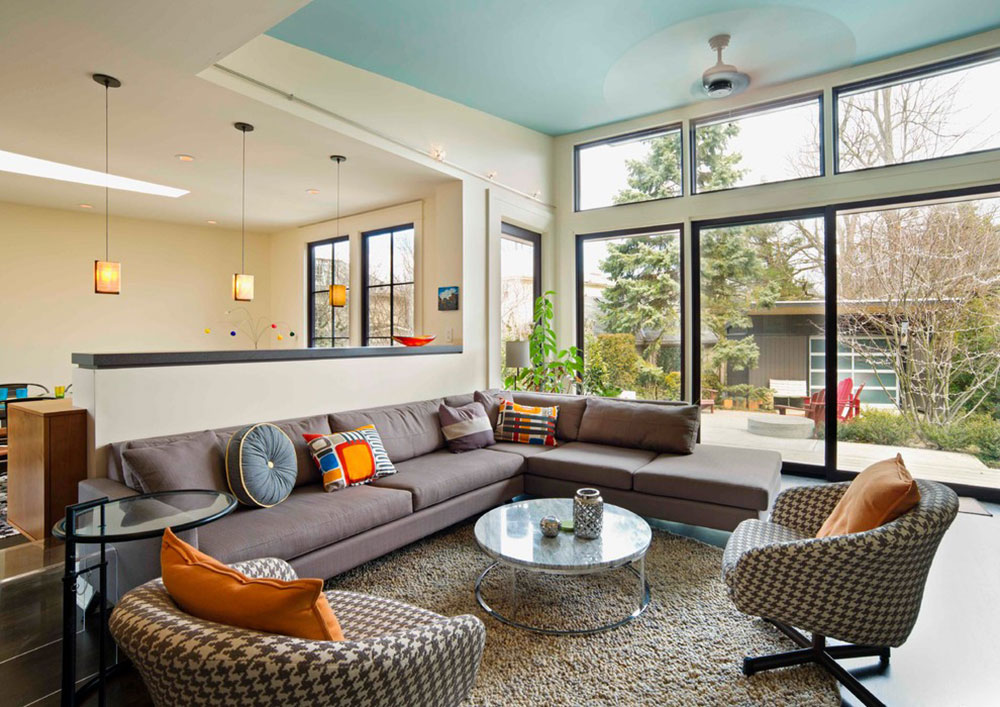 The main difference between a common area and a living room lies in their function and design. While a common area is a multifunctional space that is open to other rooms, a living room is a more formal and private space that is separate from other areas of the house. Additionally, the furniture and layout in a common area are more casual and versatile, while a living room is designed to be more elegant and refined.
The main difference between a common area and a living room lies in their function and design. While a common area is a multifunctional space that is open to other rooms, a living room is a more formal and private space that is separate from other areas of the house. Additionally, the furniture and layout in a common area are more casual and versatile, while a living room is designed to be more elegant and refined.
Creating a Harmonious and Functional Space
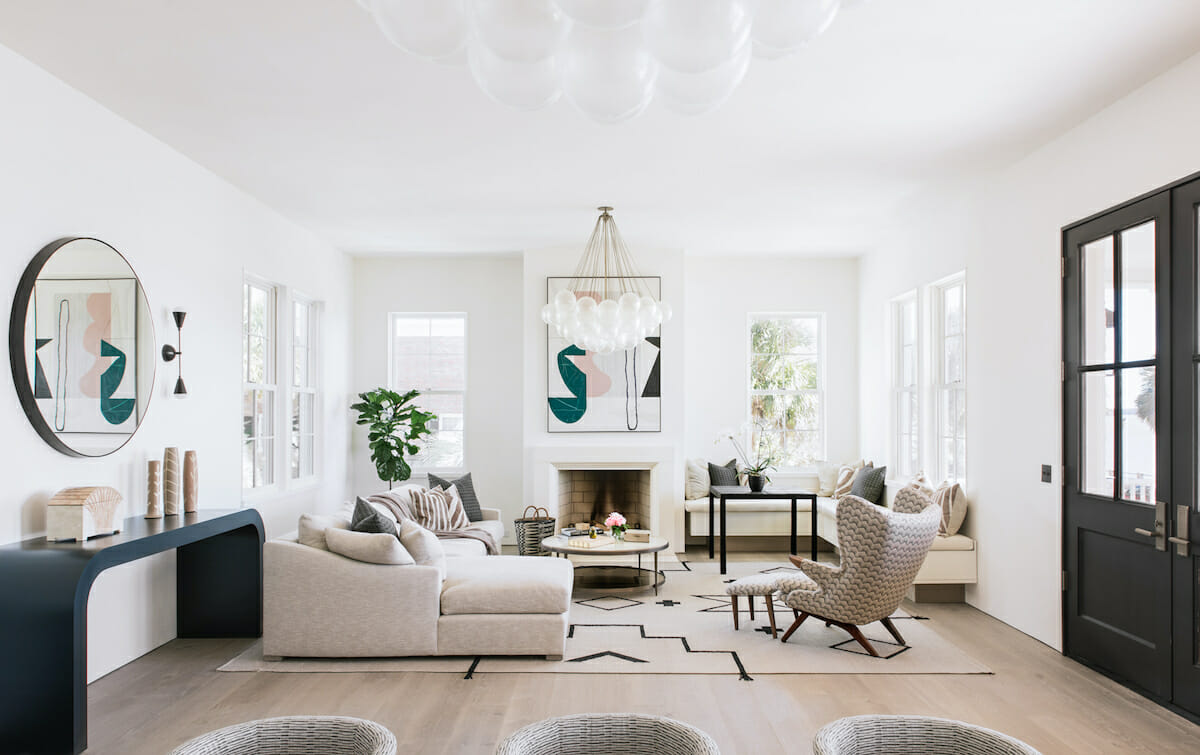 When designing your home, it's important to consider the purpose and function of each space. For a common area, choose furniture that is comfortable and durable, as it will be used for everyday activities. Incorporate storage solutions to keep the space clutter-free and functional. In a living room, focus on creating a cozy and inviting atmosphere with the use of soft fabrics, warm colors, and elegant furniture. Consider adding statement pieces such as a fireplace or a chandelier to add a touch of sophistication.
In conclusion, while both the common area and living room serve as gathering places for family and friends, they have distinct differences in their function and design. By understanding these differences and incorporating them into your house design, you can create a harmonious and functional space for your home.
When designing your home, it's important to consider the purpose and function of each space. For a common area, choose furniture that is comfortable and durable, as it will be used for everyday activities. Incorporate storage solutions to keep the space clutter-free and functional. In a living room, focus on creating a cozy and inviting atmosphere with the use of soft fabrics, warm colors, and elegant furniture. Consider adding statement pieces such as a fireplace or a chandelier to add a touch of sophistication.
In conclusion, while both the common area and living room serve as gathering places for family and friends, they have distinct differences in their function and design. By understanding these differences and incorporating them into your house design, you can create a harmonious and functional space for your home.


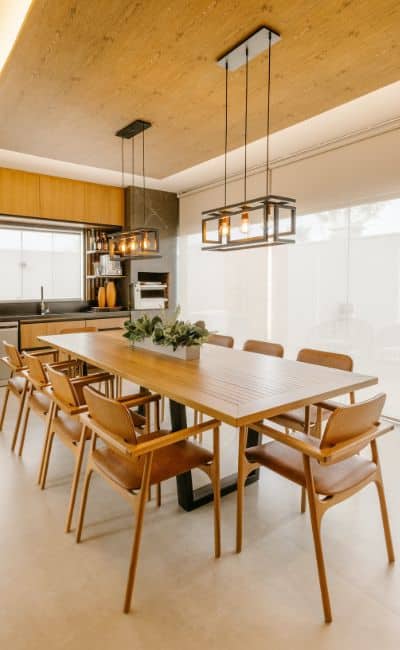
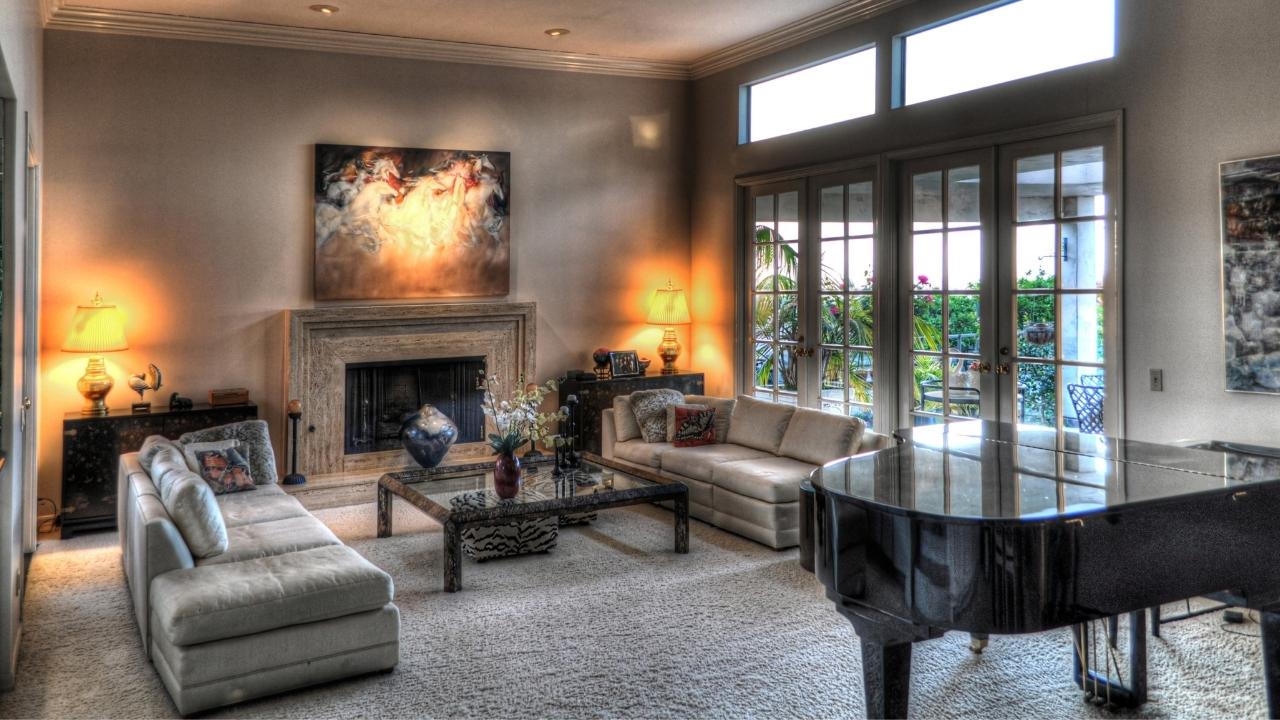
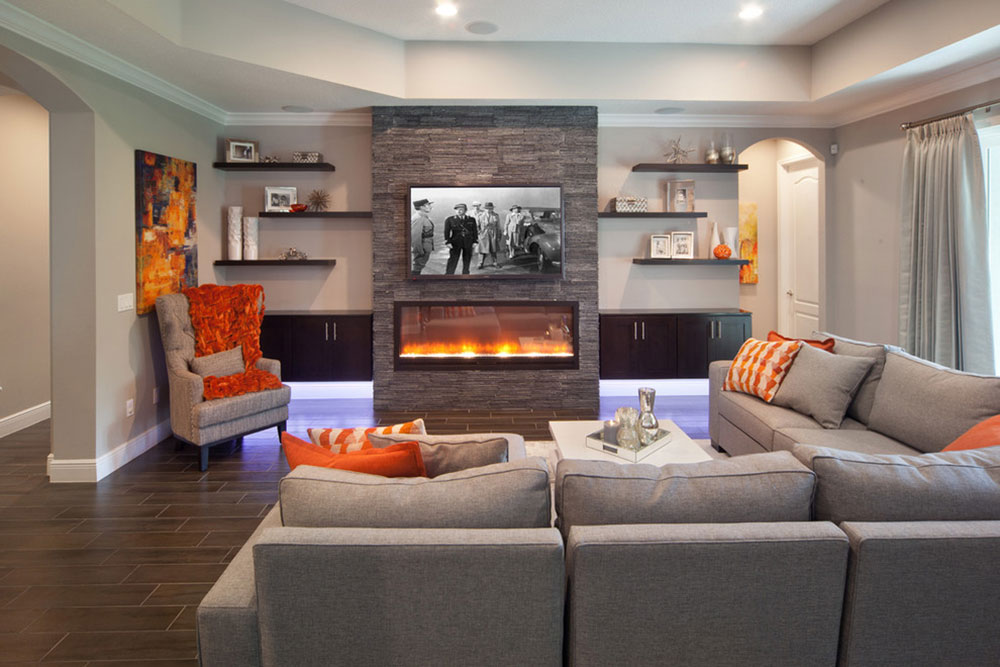




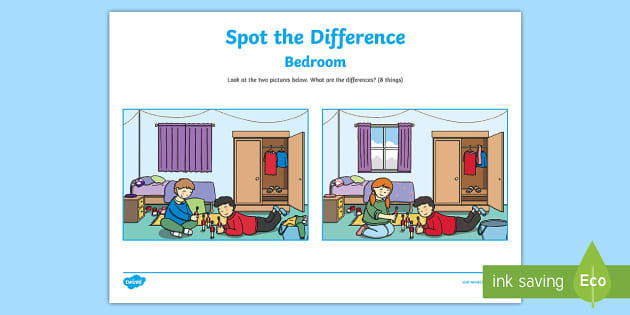



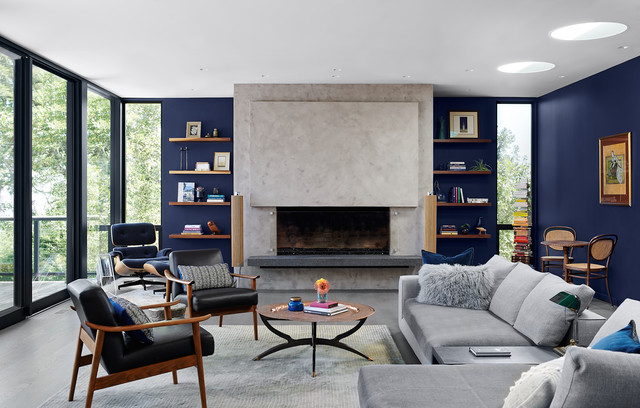

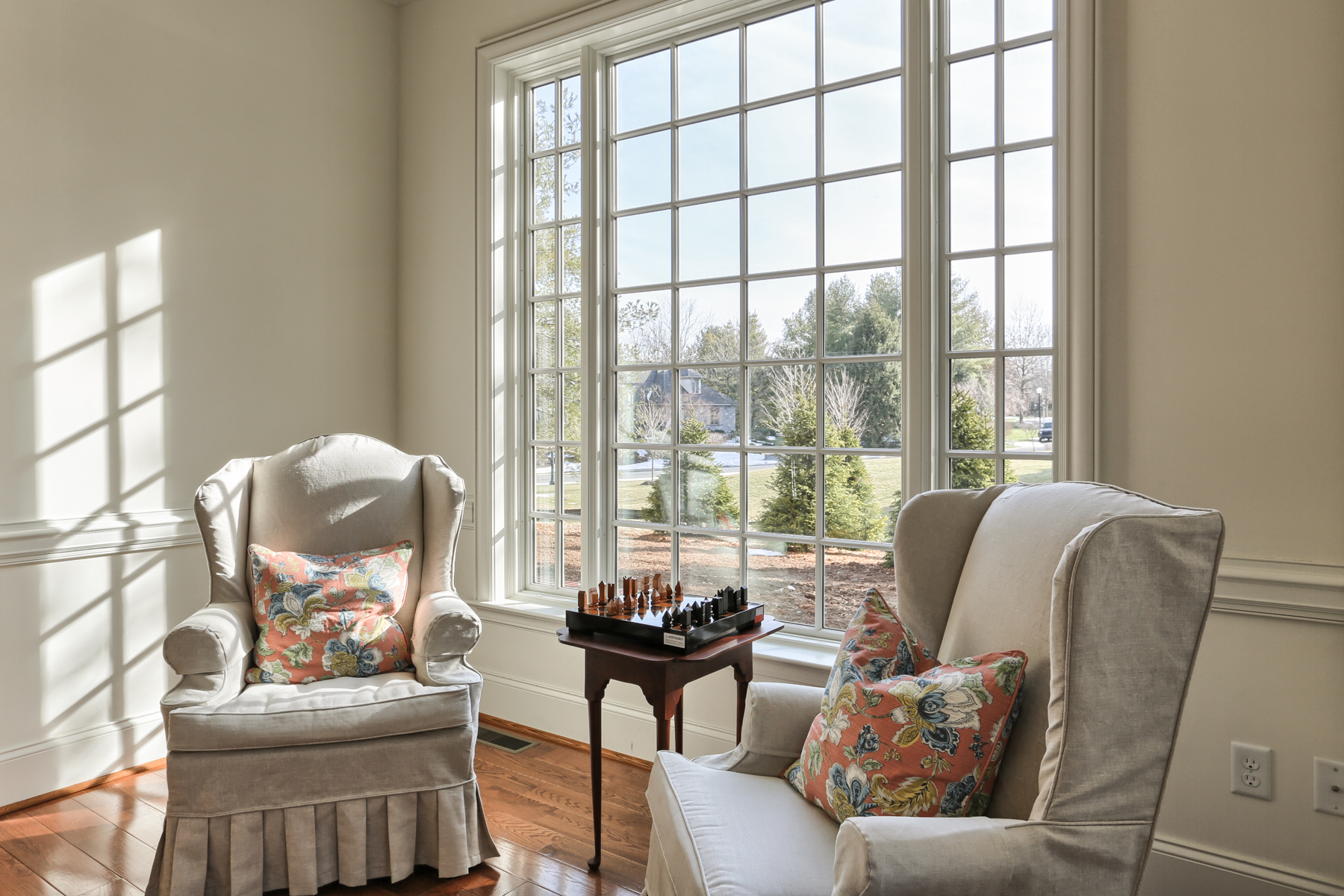


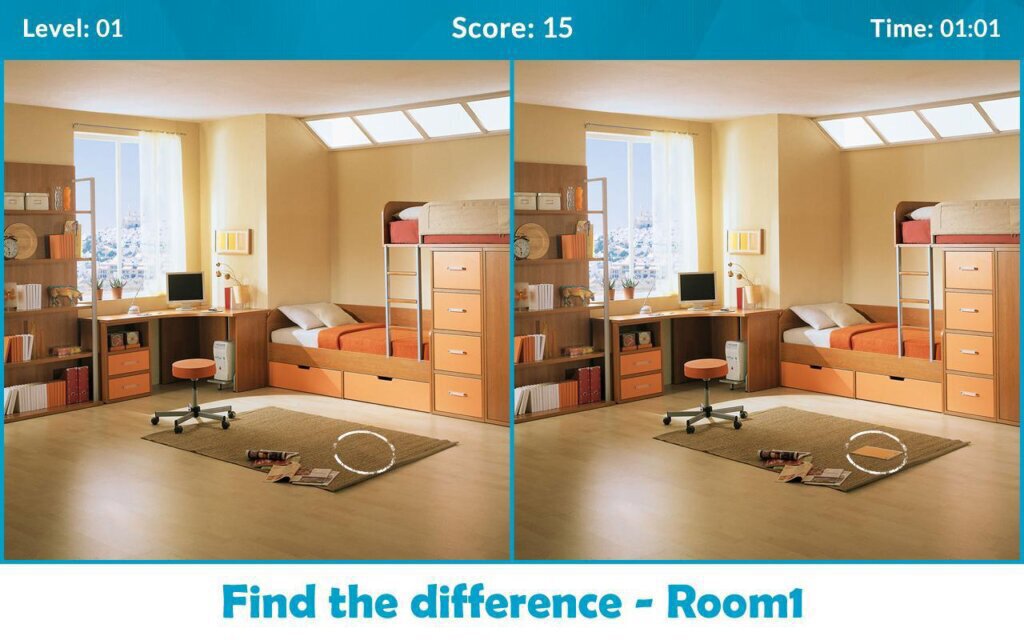





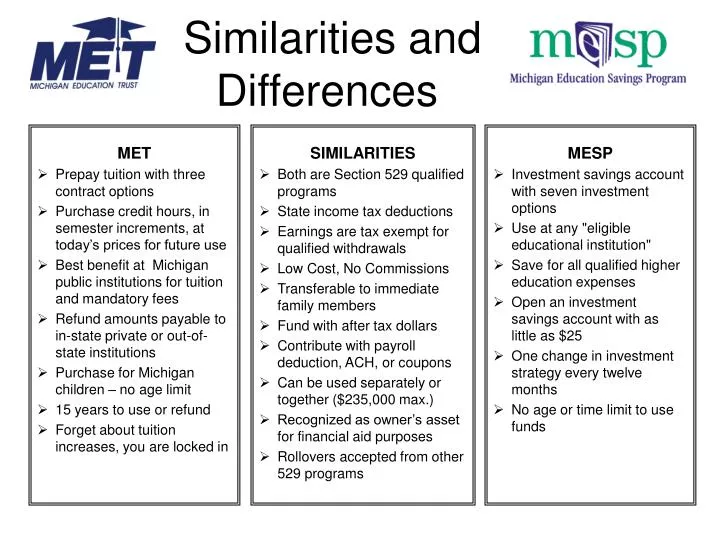







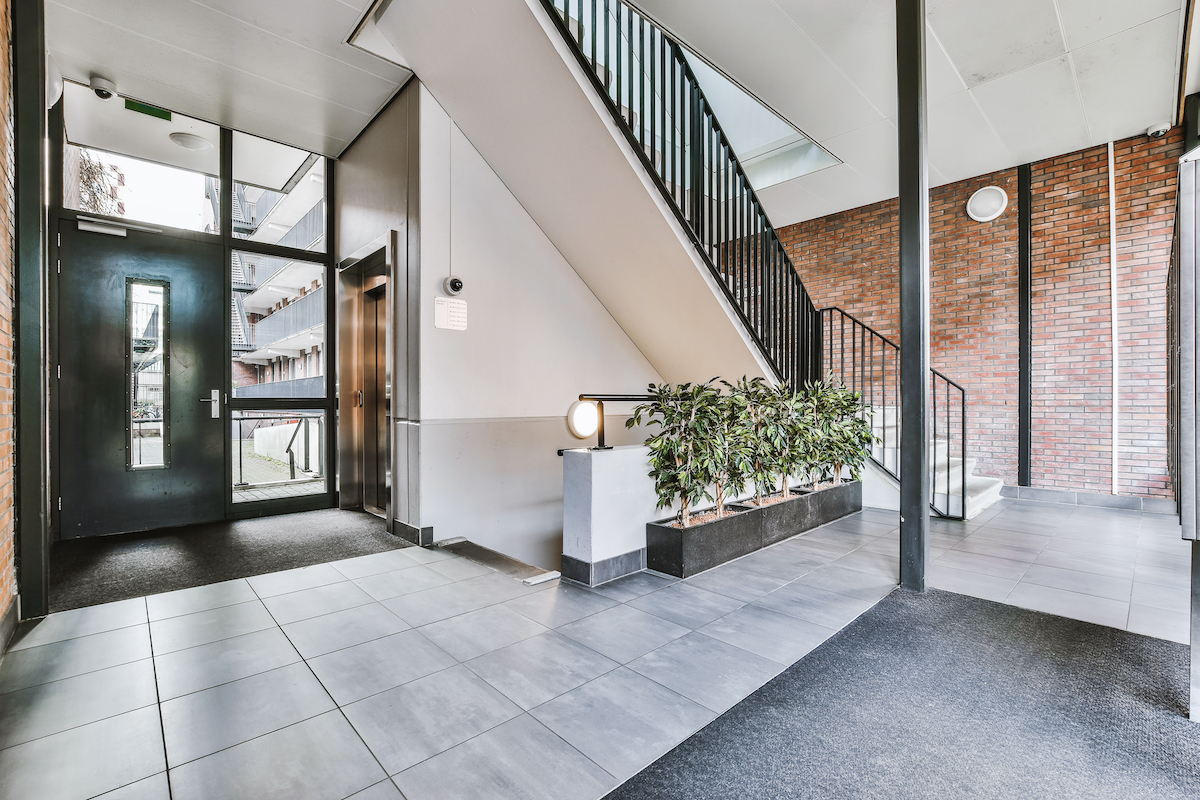

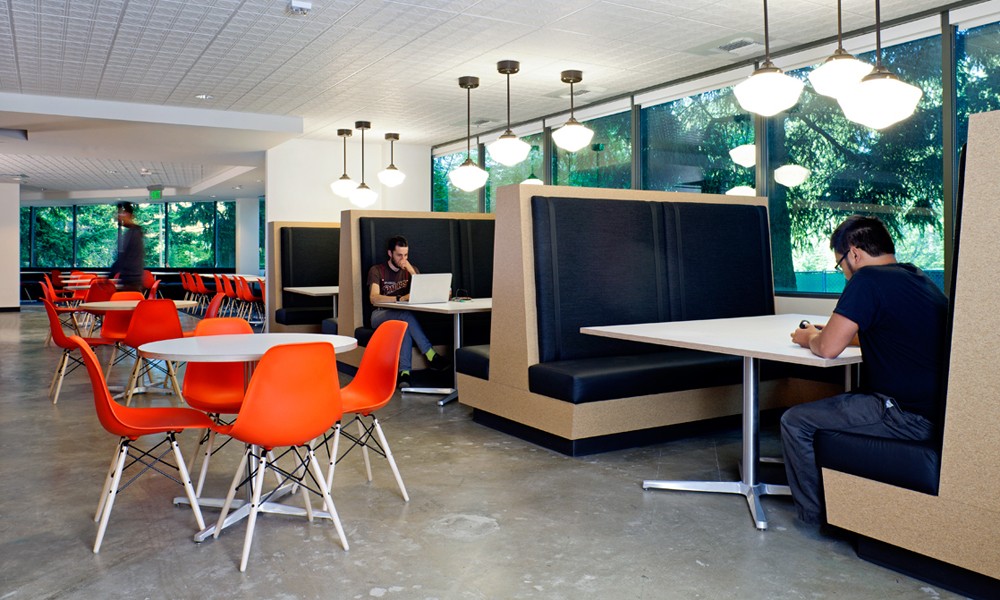

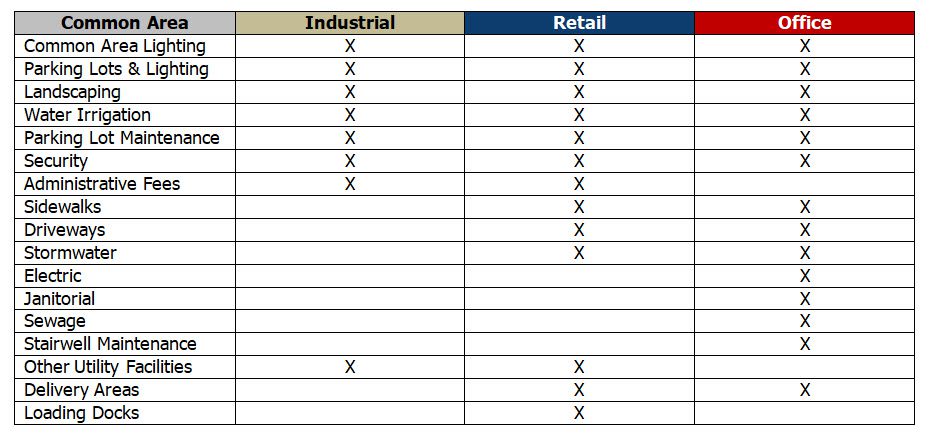


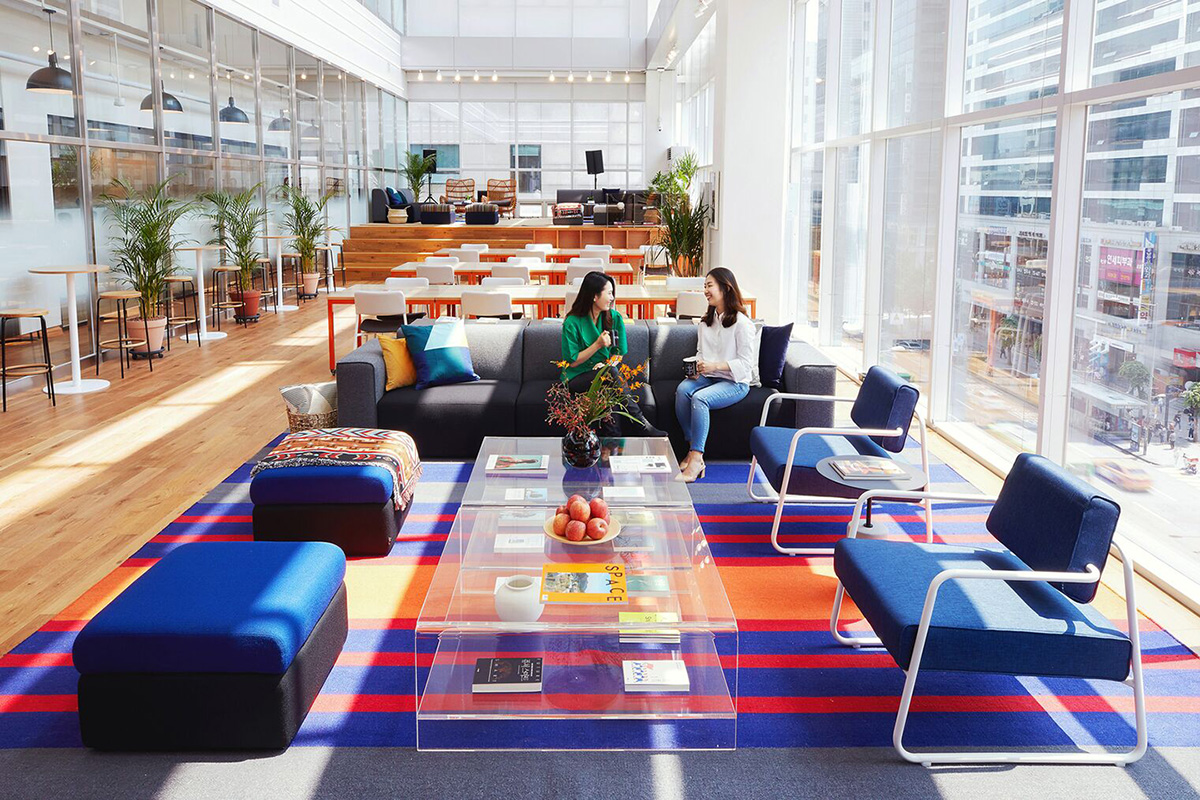

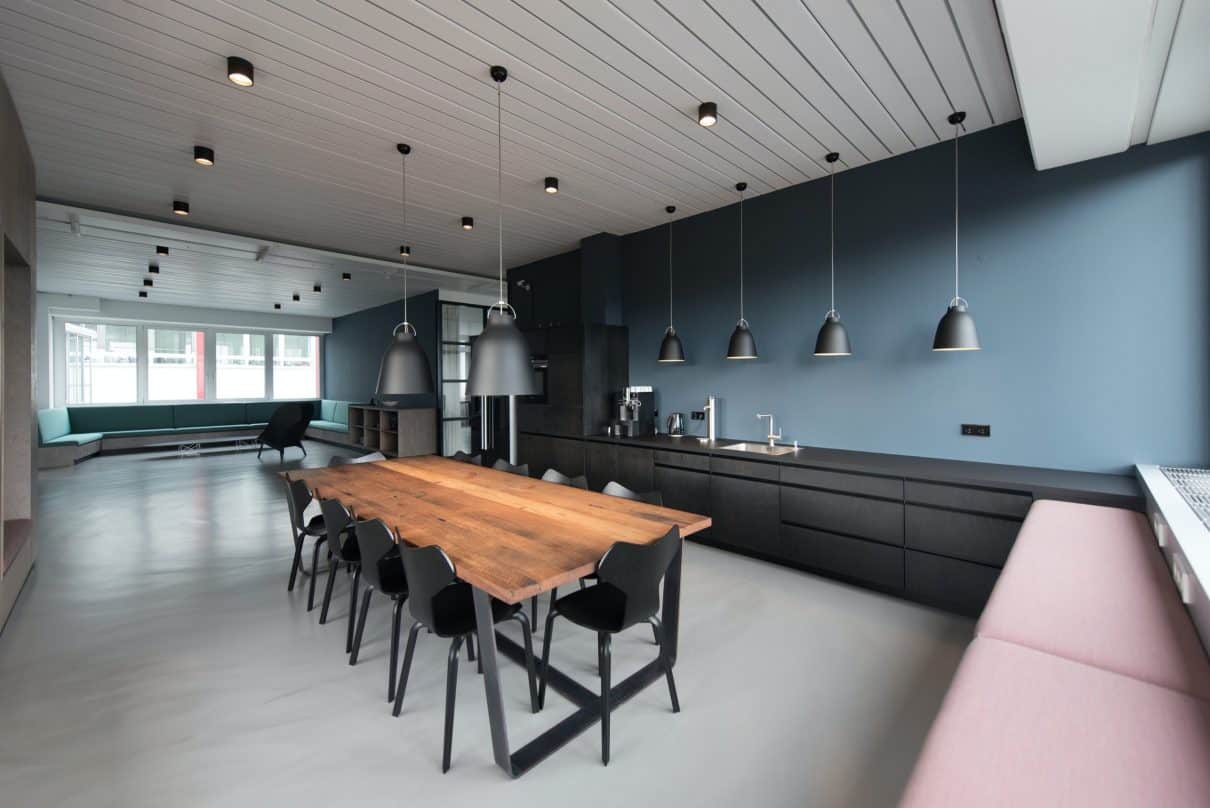

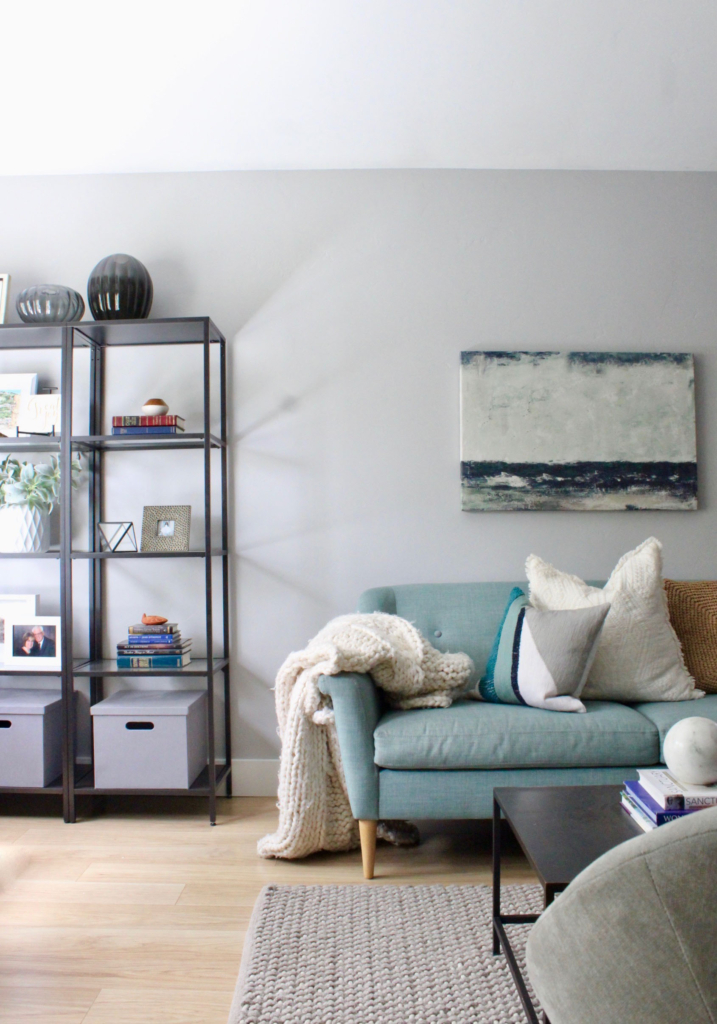



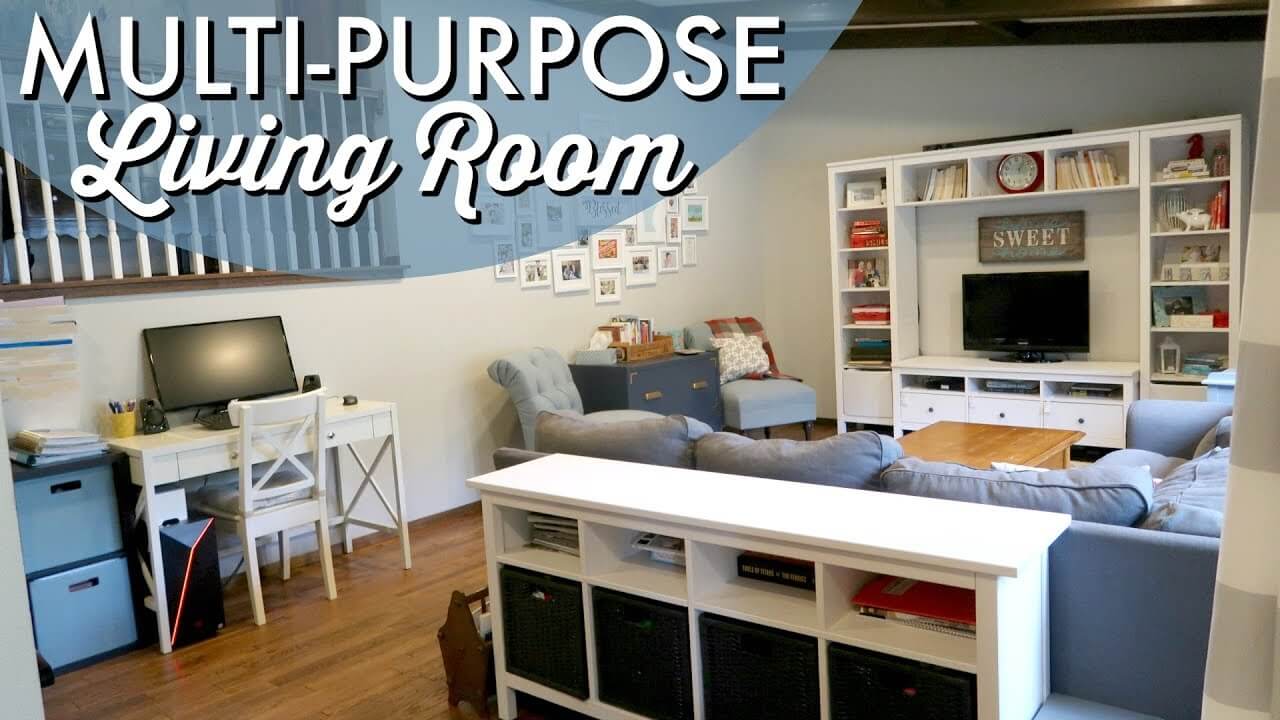
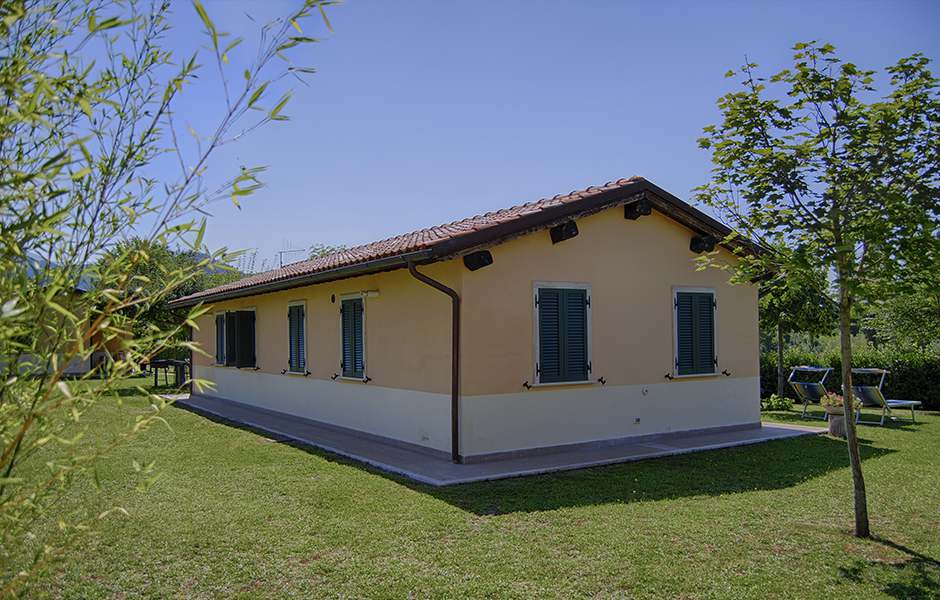
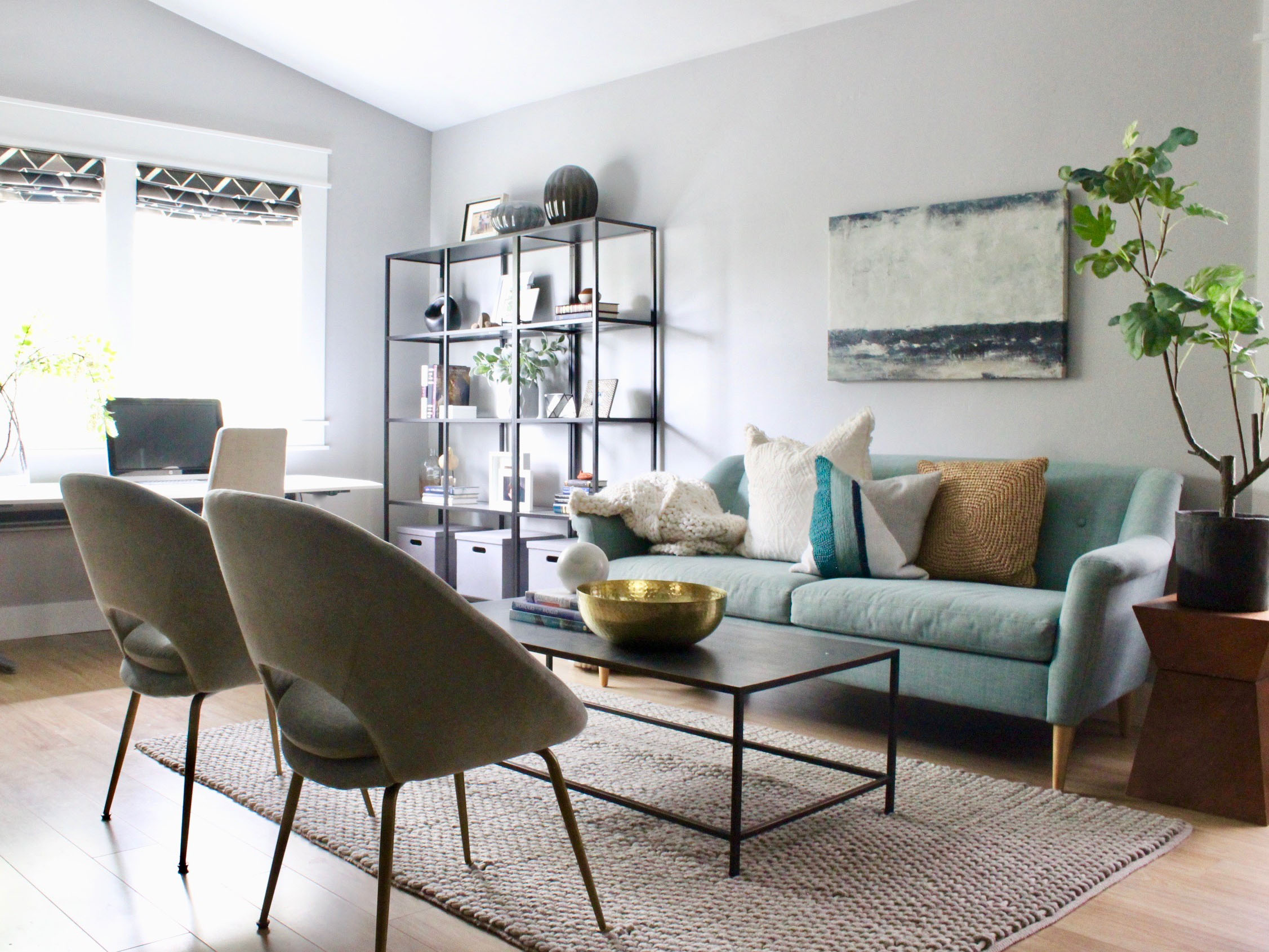




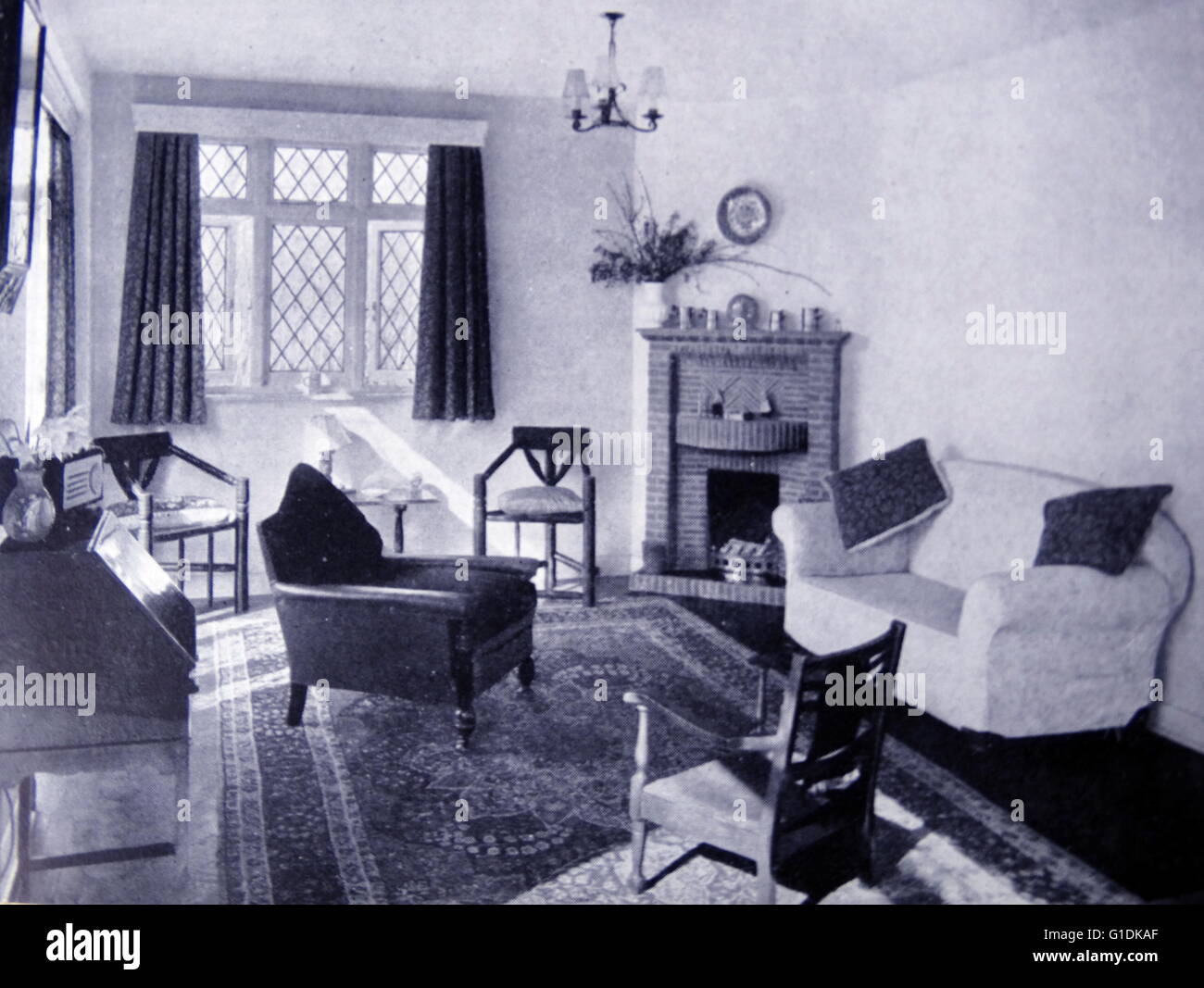



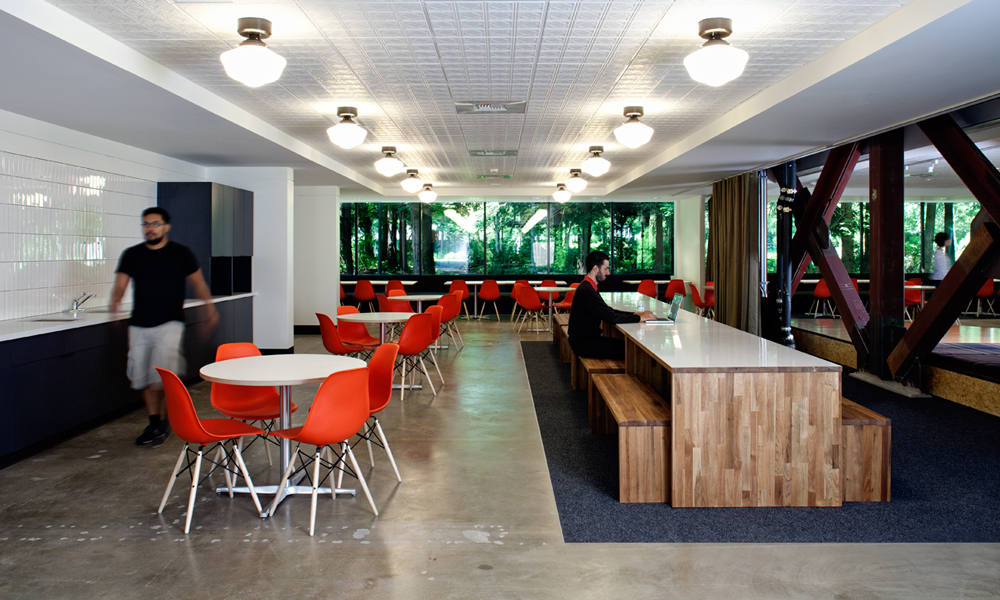
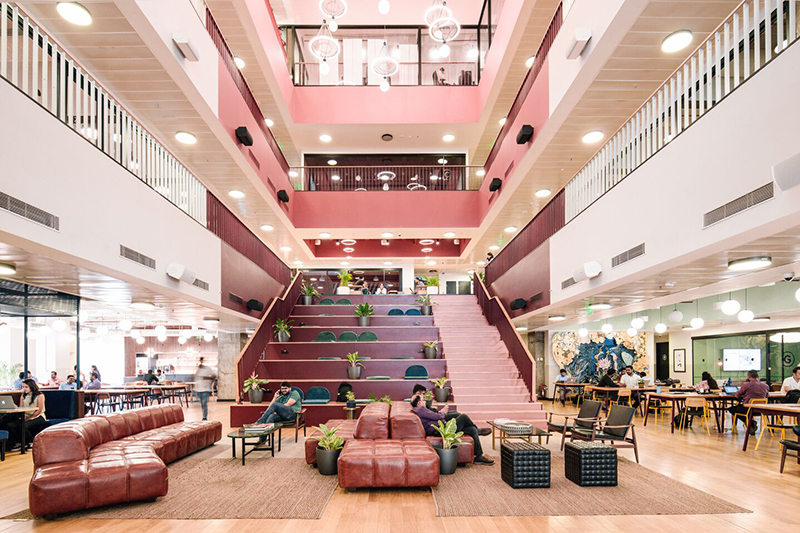

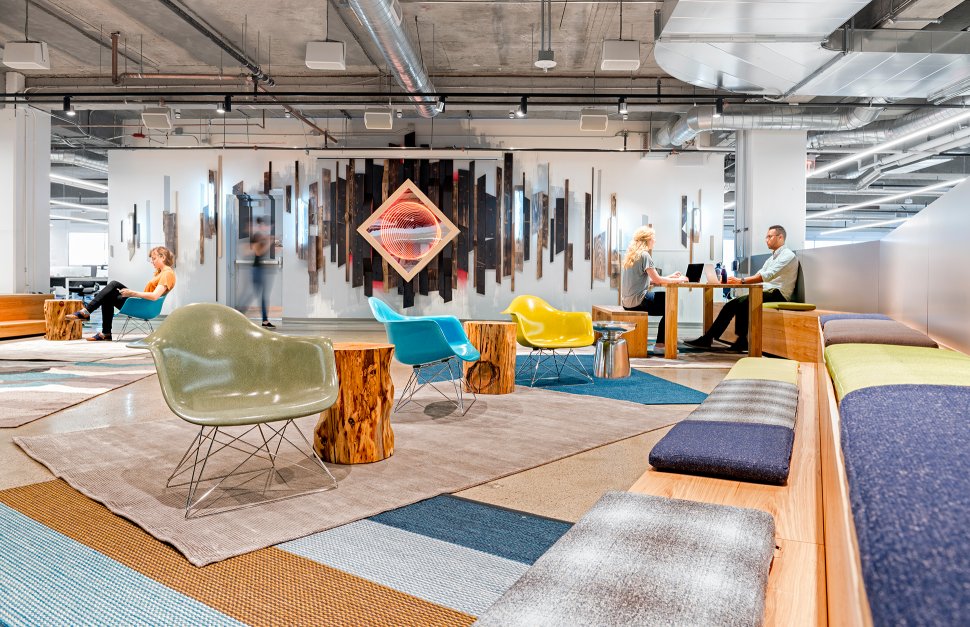

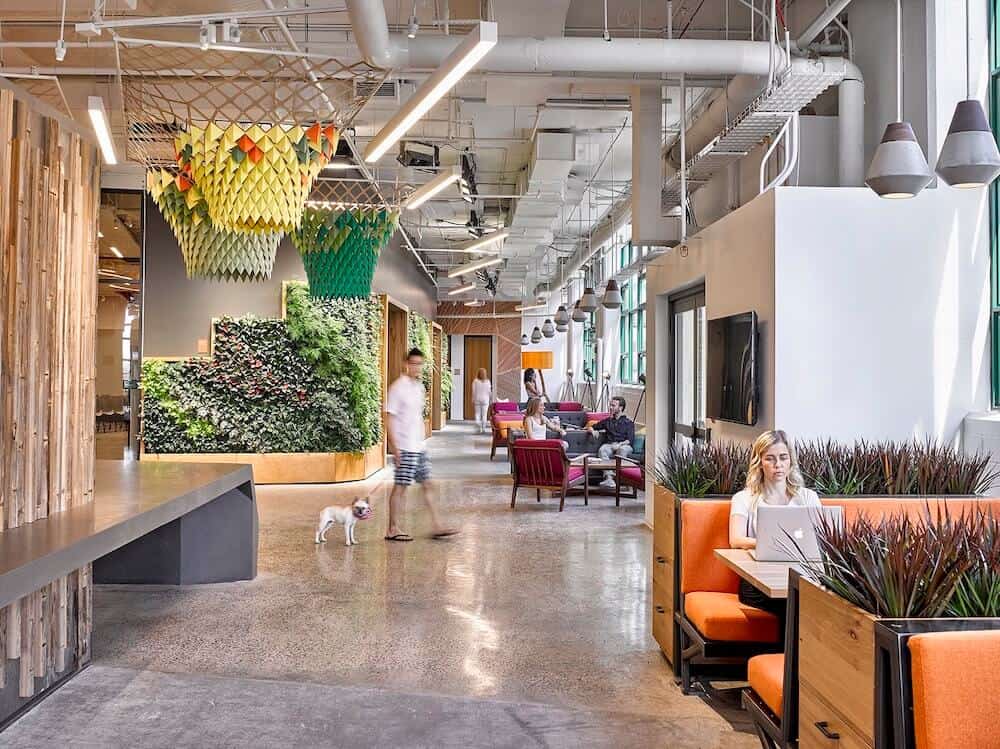


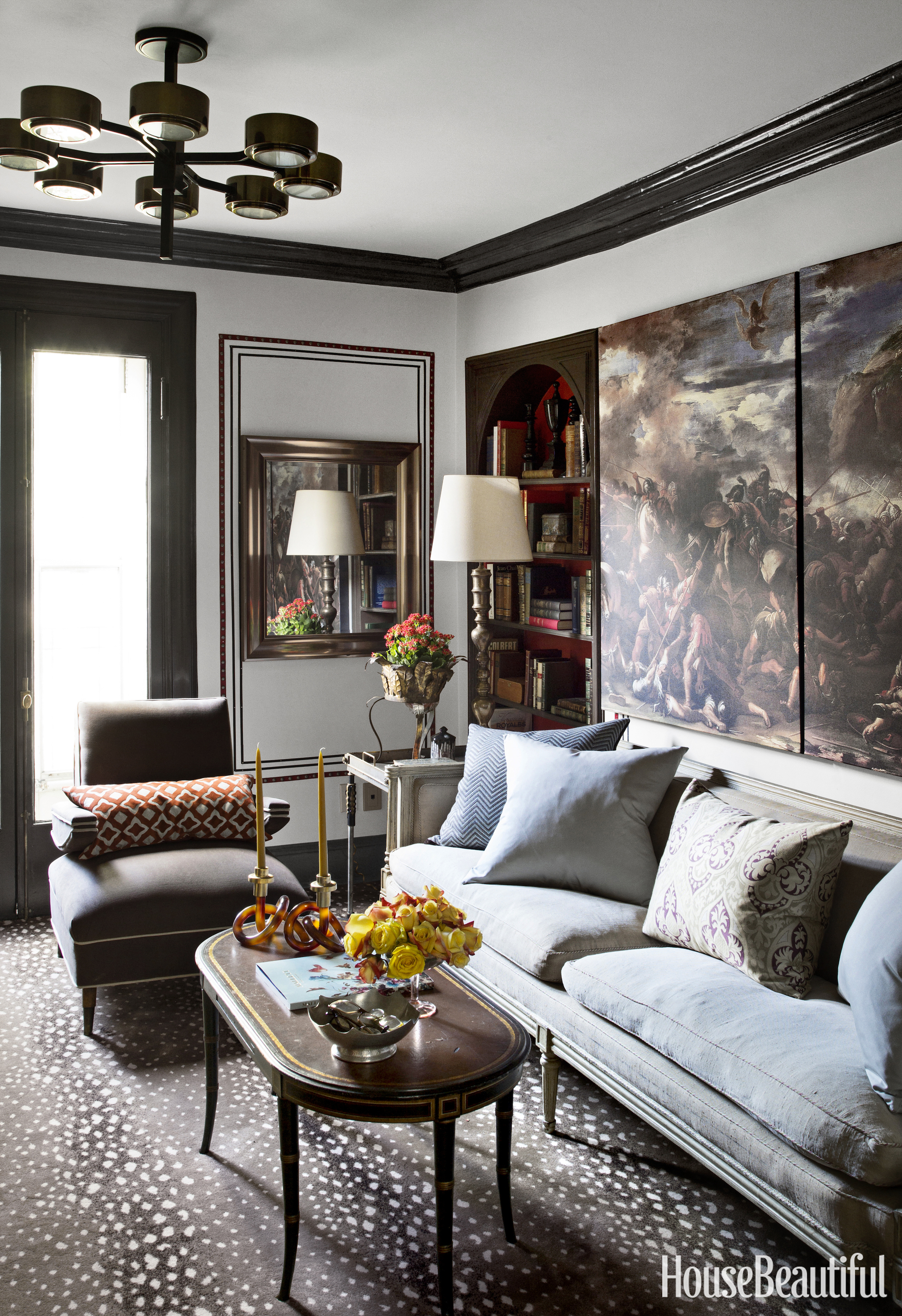
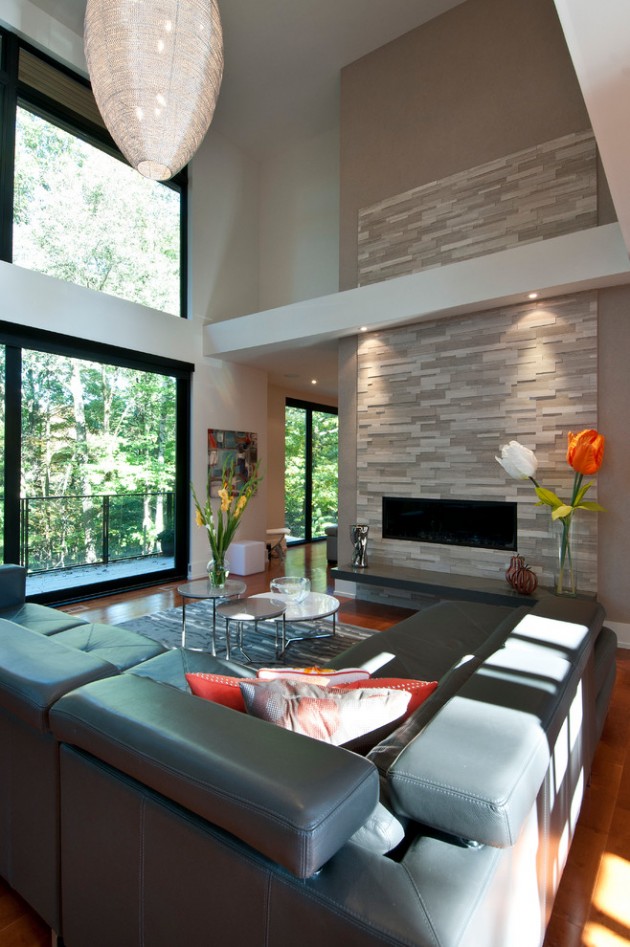

/modern-living-room-design-ideas-4126797-hero-a2fd3412abc640bc8108ee6c16bf71ce.jpg)
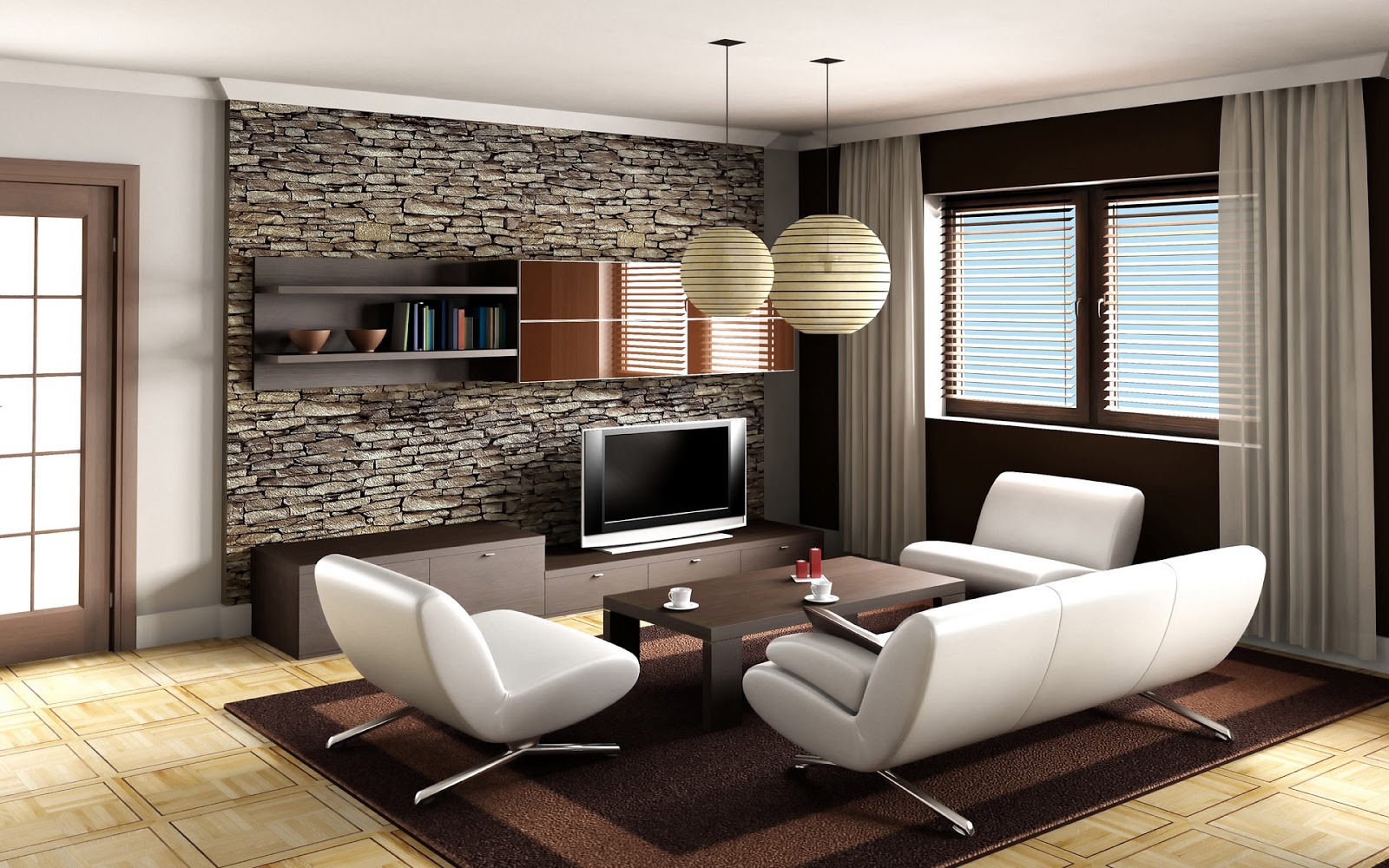


:max_bytes(150000):strip_icc()/Chuck-Schmidt-Getty-Images-56a5ae785f9b58b7d0ddfaf8.jpg)
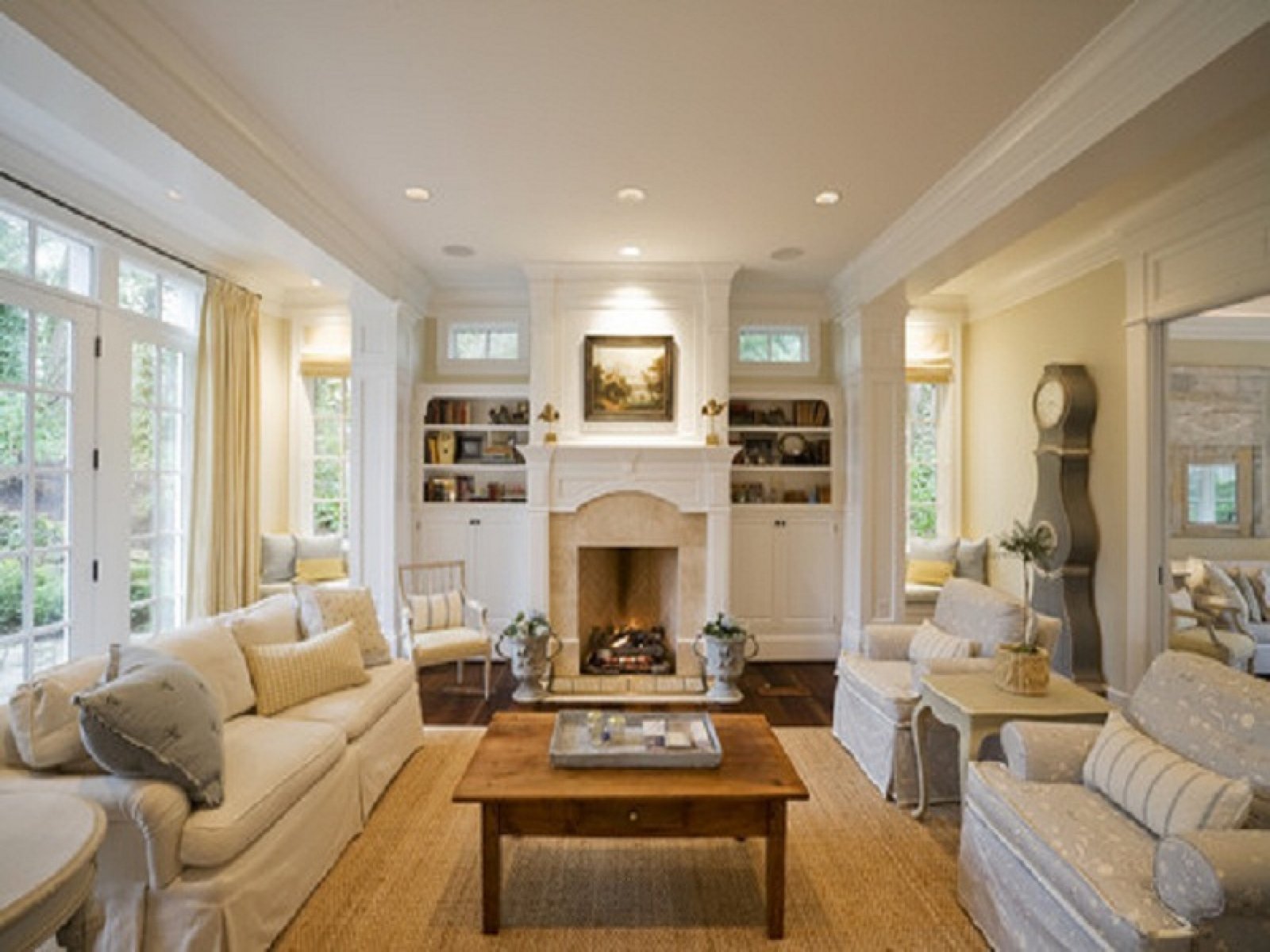
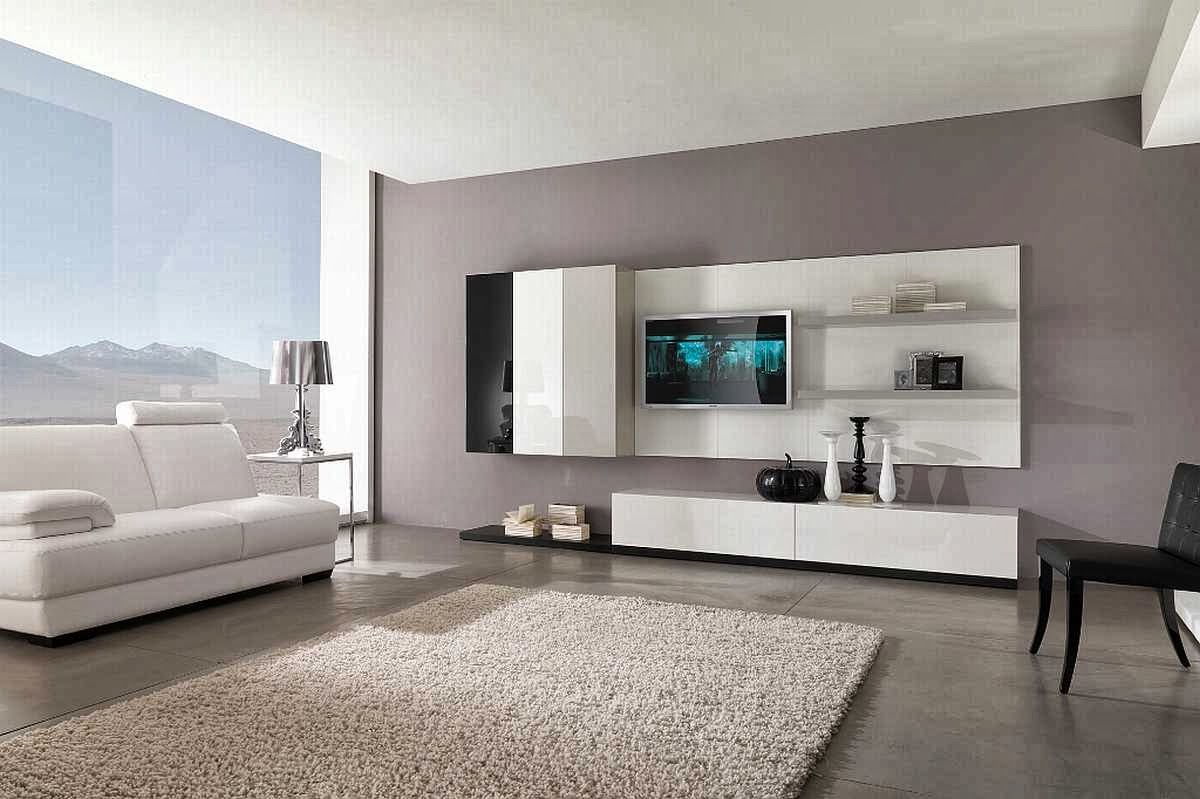


.jpg)



